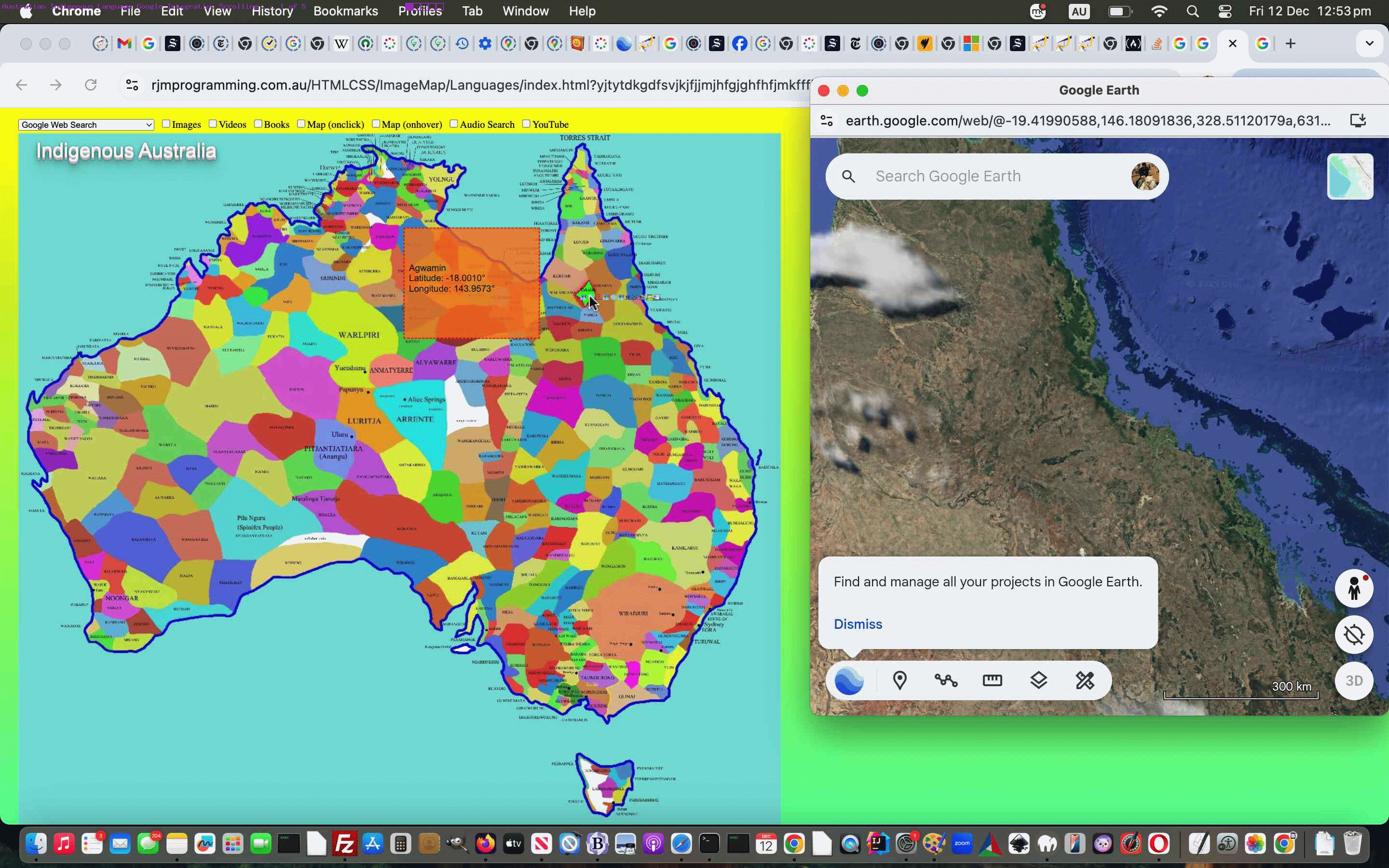
Australian Indigenous Language Google Earth Scrolling Tutorial
Onto yesterday’s Australian Indigenous Language Google Earth Integration Tutorial we had some nuances to attend to, they being …
- size the map so that all the states show on an initial viewing in non-mobile …
- for mobile add a meta viewport …
- better position the semi-transparent orange overlays if the user has needed to scroll in Y …
- position the popups to be right justified on non-mobile screen, which dovetails better with the smaller initial size now
… getting all the three components to the Australian Indigenous Language web application involved, those being …
… and we’re hoping this helps the user experience.
Stop Press
We did some empirical Google Earth testing …
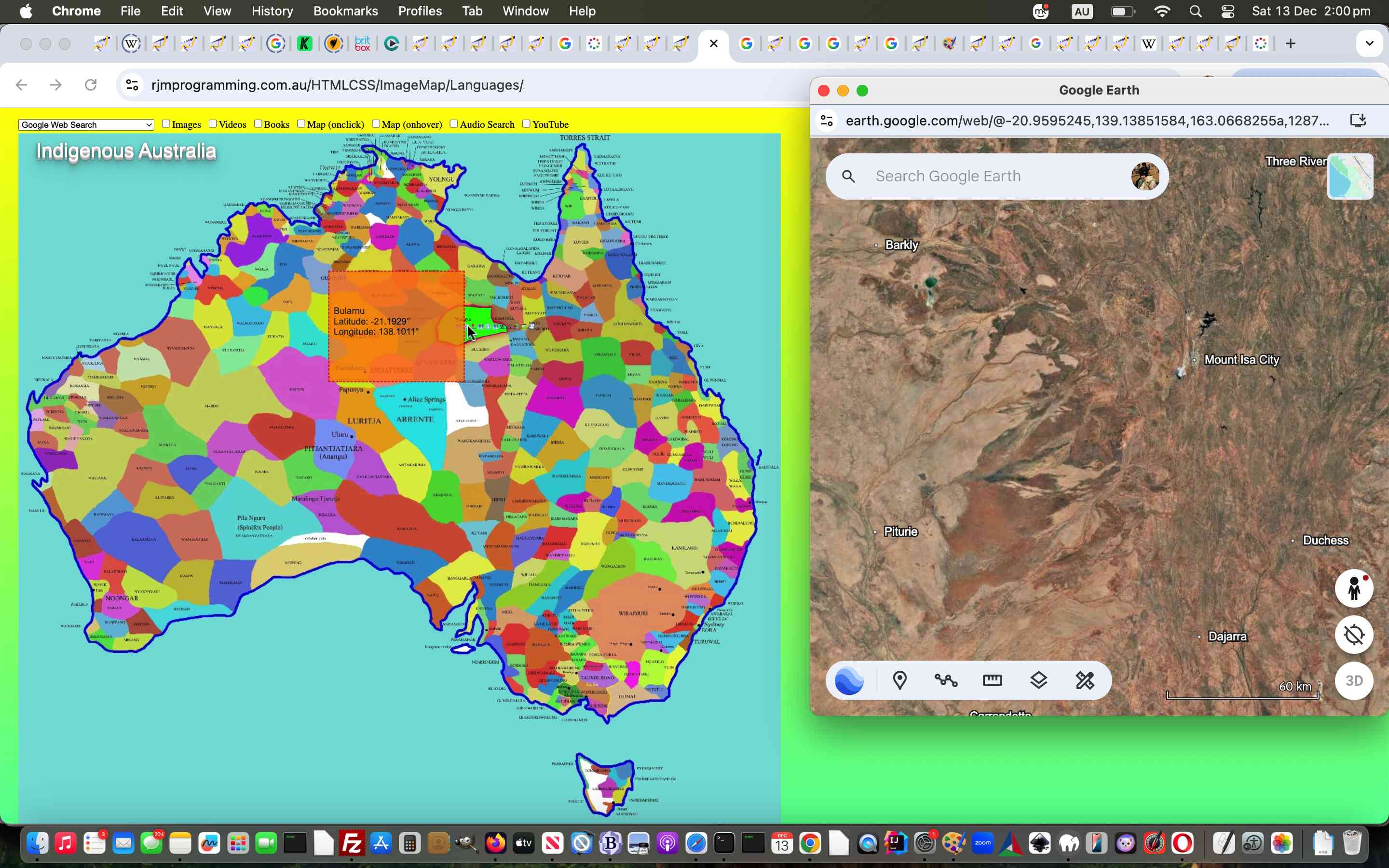
… and realized to zoom in a bit better (ie. more) …
var gesuffix=',328.51120179a,63169669.71505167d,1y,0h,0t,0r';
gesuffix=',163.0668255a,12879653.61361027d,1y,0h,0t,0r';
… represents a better suffix to the Google Earth “web based” URL arguments (meaning the 5 minute arguments have become 8 minute arguments ahead of the “anger management” classes).
Previous relevant Australian Indigenous Language Google Earth Integration Tutorial is shown below.

Australian Indigenous Language Google Earth Integration Tutorial
Today, we’re revisiting the Australian Indigenous Language web application mentioned in the recent Australian Indigenous Language Drag and Drop Tutorial to add into the SVG overlay related display links to …
… adding to the functionalities interfacing to two of the large players online, when it comes to maps and terrain (off satellite imagery) displays.
We just needed tweaks to our changed mapsvg.js external Javascript developed for the purposes of enhancing that SVG overlay (via image map click) functionality.
This job’s intervention research and development definitely benefitted from this modular approach, meaning new Javascript …
var basisll='', basislltwo='', firstretideas='';
function firstgegm(mnx,mny,mxx,mxy) {
var retideas='';
var thatlat=eval(0.5 * (eval(('' + retll(mnx,mny)).split(',')[0]) + eval(('' + retll(mxx,mxy)).split(',')[0]))); //eval(0.5 * (eval('' + mnx) + eval('' + mxx)));
var thatlong=eval(0.5 * (eval(('' + retll(mnx,mny)).split(',')[1]) + eval(('' + retll(mxx,mxy)).split(',')[1]))); //eval(0.5 * (eval('' + mny) + eval('' + mxy)));
basisll=('+' + thatlat).replace('+-','-') + ('+' + thatlong).replace('+-','-').replace('-',',-');
basislltwo=('+' + thatlat).replace('+-','-') + (',+' + thatlong).replace('+-','-'); //.replace('-',',-');
retideas+="<a style=cursor:pointer; data-href=\"#\" title=\"Google Maps\" onclick=\"window.open('//maps.google.com/maps?z=7&t=m&q=loc:" + ('+' + thatlat).replace('+-','-') + ('+' + thatlong).replace('+-','-').replace('-',',-') + "', '_blank','top=210,left=210,width=600,height=600');\">🗺️</a> ";
retideas+="<a style=cursor:pointer; data-href=\"#\" title=\"Google Earth\" onclick=\"window.open('//earth.google.com/web/@" + ('+' + thatlat).replace('+-','-') + (',+' + thatlong).replace('+-','-') + ",328.51120179a,63169669.71505167d,1y,0h,0t,0r', '_blank','top=210,left=210,width=600,height=600');\">🌐</a> ";
firstretideas=retideas;
return retideas;
}
function gmge(mnx,mny,mxx,mxy) {
var thisbasisll='';
var retideas='';
var thatlat=eval(0.5 * (eval(('' + retll(mnx,mny)).split(',')[0]) + eval(('' + retll(mxx,mxy)).split(',')[0]))); //eval(0.5 * (eval('' + mnx) + eval('' + mxx)));
var thatlong=eval(0.5 * (eval(('' + retll(mnx,mny)).split(',')[1]) + eval(('' + retll(mxx,mxy)).split(',')[1]))); //eval(0.5 * (eval('' + mny) + eval('' + mxy)));
thisbasisll=('+' + thatlat).replace('+-','-') + ('+' + thatlong).replace('+-','-').replace('-',',-');
retideas+="<a style=text-decoration:none;cursor:pointer; data-href=\"#\" title=\"Google Maps\" onclick=\"window.open('//maps.google.com/maps?z=7&t=m&q=loc:" + ('+' + thatlat).replace('+-','-') + ('+' + thatlong).replace('+-','-').replace('-',',-') + "', '_blank','top=210,left=210,width=600,height=600');\">🗺️</a> ";
return thisbasisll; //firstretideas.replace(basisll,thisbasisll);
}
function gegm(mnx,mny,mxx,mxy) {
var thisbasisll='';
var retideas='';
var thatlat=eval(0.5 * (eval(('' + retll(mnx,mny)).split(',')[0]) + eval(('' + retll(mxx,mxy)).split(',')[0]))); //eval(0.5 * (eval('' + mnx) + eval('' + mxx)));
var thatlong=eval(0.5 * (eval(('' + retll(mnx,mny)).split(',')[1]) + eval(('' + retll(mxx,mxy)).split(',')[1]))); //eval(0.5 * (eval('' + mny) + eval('' + mxy)));
thisbasisll=('+' + thatlat).replace('+-','-') + (',+' + thatlong).replace('+-','-'); //.replace('-',',-');
retideas+="<a style=cursor:pointer; data-href=\"#\" title=\"Google Earth\" onclick=\"window.open('//earth.google.com/web/@" + ('+' + thatlat).replace('+-','-') + (',+' + thatlong).replace('+-','-') + ",328.51120179a,63169669.71505167d,1y,0h,0t,0r', '_blank','top=210,left=210,width=600,height=600');\">🌐</a> ";
return thisbasisll; //firstretideas.replace(basisll,thisbasisll);
}
… could be called in this way …
if (retll) {
if (murl == '' && premurl == '') {
if (appendto) {
turl='rjmmap';
premurl='<br>' + firstgegm(minx,miny,maxx,maxy) + '<a onclick="document.getElementById(' + "'rjmmap'" + ').style.display=' + "'block'" + '; ' + showpreiframe + ' " target="' + turl + '" title="Google Map Chart" href="//www.rjmprogramming.com.au/PHP/Map/map.php?title=';
pregurl=' ' + firstgegm(minx,miny,maxx,maxy) + '<a onclick="document.getElementById(' + "'rjmmap'" + ').style.display=' + "'block'" + '; ' + showpreiframe + ' " target="' + turl + '" title="Google Geo Chart" href="//www.rjmprogramming.com.au/PHP/GeoChart/geo_chart.php?width=556&height=347&country=Places&popularity=&aregeographicals=y&title=';
} else {
premurl='<br>' + firstgegm(minx,miny,maxx,maxy) + '<a target="' + turl + '" title="Google Map Chart" href="//www.rjmprogramming.com.au/PHP/Map/map.php?title=';
pregurl=' ' + firstgegm(minx,miny,maxx,maxy) + '<a target="' + turl + '" title="Google Geo Chart" href="//www.rjmprogramming.com.au/GeoChart/geo_chart.php?width=556&height=347&country=Places&popularity=&aregeographicals=y&title=';
}
midmurl='&onclick=y&label=' + "['Lat',&value='Lon','Name']" + '&data=';
midgurl='&onclick=y&label=[%27Lat%27,&value=%27Lon%27|%27Name%27]&data=';
postmurl='">📍</a>';
postgurl='%20|%20[-90.0|0.0|~%20~,999999999]">🗺</a>';
if (('' + sareas[iareas].title) == '') {
murl=premurl.replace(basisll,gmge(minx,miny,maxx,maxy)).replace(basislltwo,gegm(minx,miny,maxx,maxy)) + encodeURIComponent('Place') + midmurl + ',[' + retll(minx,miny) + ',~MinxMiny~],[' + retll(maxx,miny) + ',~MaxxMiny~],[' + retll(maxx,maxy) + ',~MaxxMaxy~],[' + retll(minx,maxy) + ',~MinxMaxy~]' + postmurl;
gurl=pregurl.replace(basisll,gmge(minx,miny,maxx,maxy)).replace(basislltwo,gegm(minx,miny,maxx,maxy)) + encodeURIComponent('Place') + midmurl + '[' + retll(minx,miny).replace(',','|') + '|~MinxMiny~,1],[' + retll(maxx,miny).replace(',','|') + '|~MaxxMiny~,1],[' + retll(maxx,maxy).replace(',','|') + '|~MaxxMaxy~,1],[' + retll(minx,maxy).replace(',','|') + '|~MinxMaxy~,1]' + postgurl;
} else {
murl=premurl.replace(basisll,gmge(minx,miny,maxx,maxy)).replace(basislltwo,gegm(minx,miny,maxx,maxy)) + encodeURIComponent('' + sareas[iareas].title) + midmurl + ',[' + retll(minx,miny) + ',~MinxMiny~],[' + retll(maxx,miny) + ',~MaxxMiny~],[' + retll(maxx,maxy) + ',~MaxxMaxy~],[' + retll(minx,maxy) + ',~MinxMaxy~]' + postmurl;
gurl=pregurl.replace(basisll,gmge(minx,miny,maxx,maxy)).replace(basislltwo,gegm(minx,miny,maxx,maxy)) + encodeURIComponent('' + sareas[iareas].title) + midmurl + '[' + retll(minx,miny).replace(',','|') + '|~MinxMiny~,1],[' + retll(maxx,miny).replace(',','|') + '|~MaxxMiny~,1],[' + retll(maxx,maxy).replace(',','|') + '|~MaxxMaxy~,1],[' + retll(minx,maxy).replace(',','|') + '|~MinxMaxy~,1]' + postgurl;
}
if (appendto) {
appendto.innerHTML+=preiframe + '<iframe id=rjmmap name=rjmmap style="display:none;width:100%;height:600px;" src=""></iframe>';
}
} else if (murl == '') {
if (('' + sareas[iareas].title) == '') {
murl=premurl.replace(basisll,gmge(minx,miny,maxx,maxy)).replace(basislltwo,gegm(minx,miny,maxx,maxy)) + encodeURIComponent('Place') + midmurl + ',[' + retll(minx,miny) + ',~MinxMiny~],[' + retll(maxx,miny) + ',~MaxxMiny~],[' + retll(maxx,maxy) + ',~MaxxMaxy~],[' + retll(minx,maxy) + ',~MinxMaxy~]"' + postmurl;
gurl=pregurl.replace(basisll,gmge(minx,miny,maxx,maxy)).replace(basislltwo,gegm(minx,miny,maxx,maxy)) + encodeURIComponent('Place') + midmurl + '[' + retll(minx,miny).replace(',','|') + '|~MinxMiny~,1],[' + retll(maxx,miny).replace(',','|') + '|~MaxxMiny~,1],[' + retll(maxx,maxy).replace(',','|') + '|~MaxxMaxy~,1],[' + retll(minx,maxy).replace(',','|') + '|~MinxMaxy~,1]' + postgurl;
} else {
murl=premurl.replace(basisll,gmge(minx,miny,maxx,maxy)).replace(basislltwo,gegm(minx,miny,maxx,maxy)) + encodeURIComponent('' + sareas[iareas].title) + midmurl + ',[' + retll(minx,miny) + ',~MinxMiny~],[' + retll(maxx,miny) + ',~MaxxMiny~],[' + retll(maxx,maxy) + ',~MaxxMaxy~],[' + retll(minx,maxy) + ',~MinxMaxy~]"' + postmurl;
gurl=pregurl.replace(basisll,gmge(minx,miny,maxx,maxy)).replace(basislltwo,gegm(minx,miny,maxx,maxy)) + encodeURIComponent('' + sareas[iareas].title) + midmurl + '[' + retll(minx,miny).replace(',','|') + '|~MinxMiny~,1],[' + retll(maxx,miny).replace(',','|') + '|~MaxxMiny~,1],[' + retll(maxx,maxy).replace(',','|') + '|~MaxxMaxy~,1],[' + retll(minx,maxy).replace(',','|') + '|~MinxMaxy~,1]' + postgurl;
}
}
}
… to make this integration happen with the Australian Indigenous Language web application.
Stop Press
Meanwhile, back at the ranch, we figured “long hover” Google Earth integration might be good too, and came up with a changed mapsvg.js external Javascript which now …
- overrides a Javascript function … in order to wrest control into it’s orbit, if you will …
var lastpwinll='', secsthatway=-1;
function pWinIs() { // is a deliberate override
var retval="<div id='pWin' style=' background-color: #FF8000; width: 200px; height: 160px; position: absolute; font: .9em arial, helvetica, sans-serif; padding: 7px; visibility: hidden; top: 55px; left: 25px; border: 2px #CC1000 dashed; clip: auto; overflow: hidden; z-index:8; opacity:0.8;'></div>";
setInterval(pwinmonitor, 1000);
return retval;
}
- and then calls on a new Javascript setInterval timer called …
var woki=null;
function pwinmonitor() {
var thatlat=-999.0, thatlong=-999.0;
if (document.getElementById('pWin')) {
if (('' + document.getElementById('pWin').style.visibility).indexOf('hidden') != -1) {
if (secsthatway >= 0) {
secsthatway=-1;
lastpwinll='';
}
} else if (('' + document.getElementById('pWin').style.visibility).indexOf('visible') != -1) {
if (secsthatway < 0) {
secsthatway=0;
lastpwinll=document.getElementById('pWin').innerHTML;
} else if (lastpwinll != document.getElementById('pWin').innerHTML) {
secsthatway=0;
lastpwinll=document.getElementById('pWin').innerHTML;
} else {
secsthatway++;
}
if (secsthatway == 15) {
if (lastpwinll.indexOf('Latitude:') != -1 && lastpwinll.indexOf('Longitude:') != -1) {
thatlat=eval('' + lastpwinll.split('Latitude:')[1].substring(0,7).trim());
thatlong=eval('' + lastpwinll.split('Longitude:')[1].substring(0,7).trim());
//document.title='' + thatlong + ',' + thatlat;
if (woki) {
if (!woki.closed) {
woki.close();
}
}
woki=window.open('//earth.google.com/web/@' + ('+' + thatlat).replace('+-','-') + (',+' + thatlong).replace('+-','-') + ',328.51120179a,63169669.71505167d,1y,0h,0t,0r', '_blank','top=210,left=210,width=600,height=600');
try {
woki.document.title=lastpwinll.split('Latitude:')[0].replace('<br>', '');
} catch(hgd) { }
}
//secsthatway=-1;
//lastpwinll='';
}
}
}
}

… to allow for this “long hover” Google Earth integration idea with the Australian Indigenous Language web application.
Previous relevant Australian Indigenous Language Drag and Drop Tutorial is shown below.

Australian Indigenous Language Drag and Drop Tutorial
Further to Australian Indigenous Language HTML Map Trove Tutorial, today, we wanted to see whether the Indigenous Language webpage could be improved by the application of drag and drop functionality. The thing is, “drag and drop” can supplement good “click” logic in this web application, rather than any thoughts regarding replacing it. In that sense we were on the lookout for a new resource regarding Indigenous Languages here in Australia, and found Aboriginal Languages of Australia had interesting audio links that we’ve long been interested in finding, thanks.
Nonetheless, we are not yet at a stage where we’ve seen every “parent” type caller of our still needing to be changed external Javascript countries.js “Drag and Drop specialist” called by the changed external Javascript aboriginal_language_regions.js further called by the changed HTML/Javascript parent called aboriginal_language_regions.html‘s live run link.
In these scenarios where a “child” external Javascript serves a wide range of “parent” needs, you can use global Javascript variables …
var amdragging=false, havedropped=false, dropthing='';
… in the “parent” HTML webpage, and the “child” external Javascript typeof methodologies can be used for code like …
console.log("dragStart");
if (typeof(parent.amdragging) !== 'undefined') { parent.amdragging=true; }
if (typeof(parent.havedropped) !== 'undefined') { parent.havedropped=false; }
// ...
console.log("Drop ... " + ev.target.id + ' --- ' + ev.target.outerHTML);
dropdt=(new Date());
if (('' + ev.target.id) != '') {
if (typeof(parent.amdragging) !== 'undefined') { parent.amdragging=false; }
if (typeof(parent.havedropped) !== 'undefined') { parent.havedropped=true; }
} else if (('' + ev.target.outerHTML).indexOf(' alt="') != -1 && typeof(parent.amdragging) !== 'undefined' && typeof(parent.havedropped) !== 'undefined' && typeof(parent.dropthing) !== 'undefined') {
parent.dropthing=('' + ev.target.outerHTML).split(' alt="')[1].split('"')[0];
parent.langwo();
}
… in the country.js external Javascript “Drag and Drop specialist”, helping us associate “drop” logic with an HTML image map‘s area subelement of relevance, and then onto a window.open …
function langwo() {
if (typeof(amdragging) !== 'undefined' && typeof(havedropped) !== 'undefined' && typeof(dropthing) !== 'undefined') {
if (amdragging && !havedropped) { if (dropthing != '') { window.open('//www.dnathan.com/VL/index.php?searchstring=' + encodeURIComponent(dropthing) + '&searchtype=all', '_blank','top=10,left=10,height=' + eval(screen.height / 1.5) + ',width=' + eval(screen.width / 1.4)); } amdragging=false; havedropped=false; dropthing=''; }
}
}
… featuring in a new Javascript function, above, in the web application’s specific aboriginal_language_regions.js external Javascript.
Previous relevant Australian Indigenous Language HTML Map Trove Tutorial is shown below.

Australian Indigenous Language HTML Map Trove Tutorial
Revisiting the web application of Australian Indigenous Language HTML Map jQuery YQL Tutorial we …
- take a step back, dismantling, at least as far as the user experience goes, the YQL functionality (it being a no-go these days … boo hoo) … and …
- take a step forward augmenting Google Search links with incredible research content from the wonderful Trove …
Trove is a collaboration between the National Library of Australia and hundreds of Partner organisations around Australia.
… a feature we wish we’d got together earlier on, even back to the time of Australian Historical Research Primer Tutorial back in a 2014 look at Trove. Since then it’s had a great and useful makeover!
The changed external Javascript called aboriginal_language_regions.js is called by the changed HTML/Javascript parent called aboriginal_language_regions.html‘s live run link is a place for you to research “the oldest surviving culture in the world”.
Previous relevant Australian Indigenous Language HTML Map jQuery YQL Tutorial is shown below.

Australian Indigenous Language HTML Map jQuery YQL Tutorial
Our image map web application exploring Indigenous Australian Language, History and Culture quest continues, this time adding some jQuery and YQL and Ajax functionality best suited to non-mobile platform usage, but still appearing in the mobile “world” during a touch operation, as distinct from the “onhover” event scenario for non-mobile platforms.
Ajax is, for non-mobile platforms, a way to add functionality without moving off the webpage you are on, by gleaning information from other sources of data such as …
- local HTML (or PHP) webpages
- local data files
- local database information
- same domain HTML (or PHP) webpages
- same domain data files
… but if you involve jQuery (Javascript library) as well (and we still hold off involving any server-side PHP, you’ll notice, and thanks here go to this very useful link) you can add …
… and so we do this today by adding the functionality to optionally find books of specific interest to your subject of interest as you roam (or “hover”) across the image map.
We facilitate this functionality for the user, again, via the use of a checkbox.
The changes to Javascript code as per aboriginal_language_regions.js are reflected by this link from yesterday.
The supervising HTML code as per aboriginal_language_regions.html needed to change to load the jQuery as reflected by this link from yesterday.
The minor changes to CSS as per aboriginal_language_regions.css are reflected by this link from yesterday.
To see this in action take a look at today’s live run.
Previous relevant Australian Indigenous Language Image Map Ajax Tutorial is shown below.
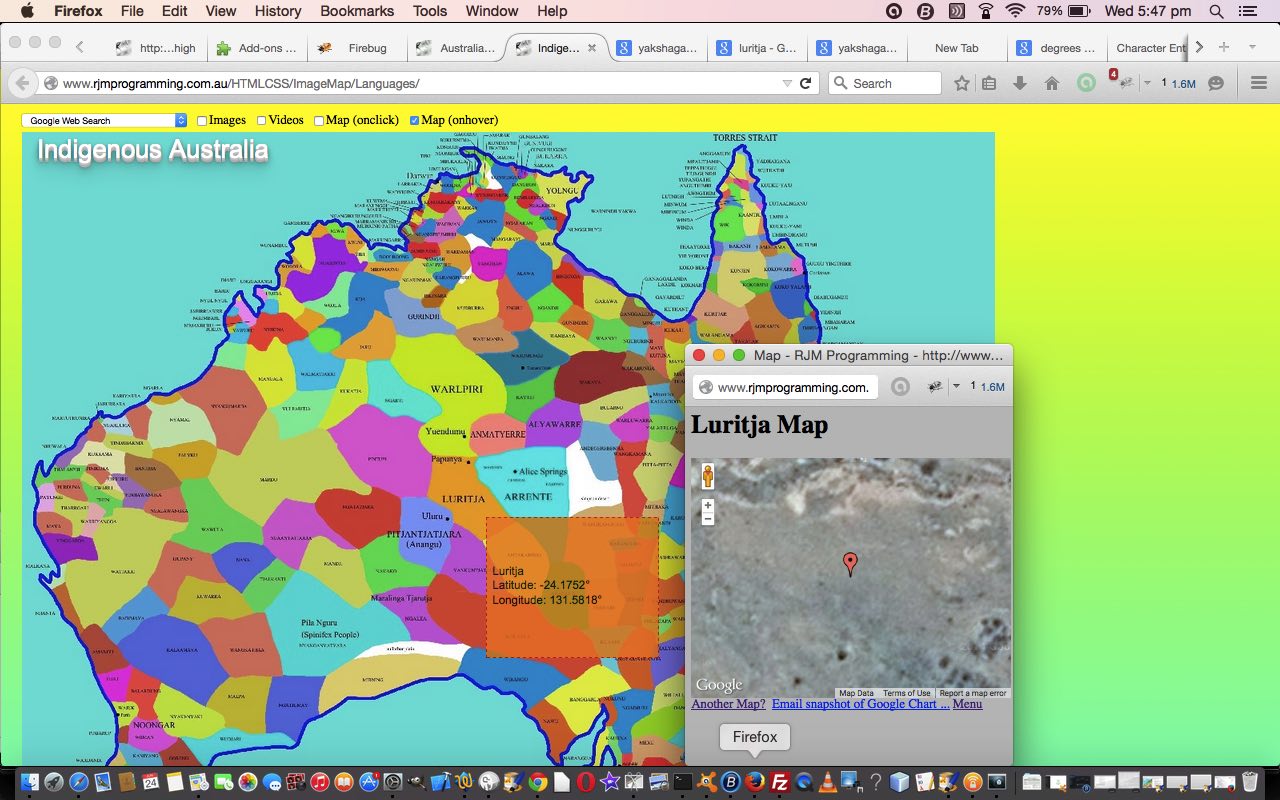
Australian Indigenous Language Image Map Ajax Tutorial
Today, again, we mix geography and history in an image map web application exploring Indigenous Australian Language, History and Culture, this time adding some Ajax functionality best suited to non-mobile platform usage.
Ajax is, for non-mobile platforms, a way to add functionality without moving off the webpage you are on, by gleaning information from other sources of data such as …
- local HTML (or PHP) webpages
- local data files
- local database information
- same domain HTML (or PHP) webpages
- same domain data files
Again, here, we are talking about Javascript functionality, still not having to resort to any server-side language such as PHP, and though you can use jQuery calls to do this also, we do not call on any of this, as we just use Javascript code.
And the background context to all this … we established a “MobileFish” inspired HTML map element scenario with the following components …
- a brilliant piece of research from the University of Western Sydney and ending up on the TreatyRepublic.net website as a map image … thanks
- using the wonderful MobileFish image map (HTML element) creator helper … thanks
Today sees the introduction of an external CSS file, for styling, for the first time. This introduction of CSS causes the only change to our parent HTML code aboriginal_language_regions.html changed as per this link from yesterday.
The changes to Javascript code as per aboriginal_language_regions.js are reflected by this link from yesterday.
The fairly simple external CSS code file could be called aboriginal_language_regions.css
Yesterday we presented Australian Indigenous Language Image Map Checkbox Tutorial as shown below. The checkboxes are added to become …
- Images (will result in Google Image Search)
- Videos (will result in Google Video Search (if no Image Searching is happening))
- Map (onclick) (will additionally result in popup window of Google Map Chart (see also PHP/Javascript/HTML Google Chart Map Tutorial) of the tribal area)
- Map (onhover) (will additionally, via Ajax functionality, result in popup window of Google Map Chart (see also PHP/Javascript/HTML Google Chart Map Tutorial) of the tribal area)
It is this last functionality that will not work on mobile platforms, most likely, because the onmouseover event they use doesn’t happen with touch platforms.
You can try the web application as it stands now with our line run link.
Previous relevant Australian Indigenous Language Image Map Checkbox Tutorial is shown below.

Australian Indigenous Language Image Map Checkbox Tutorial
Like yesterday, today we mix geography and history in an image map web application exploring Indigenous Australian Language, History and Culture, “the oldest surviving culture in the world”. Today’s tutorial, extending on yesterday’s Australian Indigenous Language Image Map Dropdown Tutorial continues the Javascript DOM methodology, and shows the use of checkboxes.
The HTML input tag’s checkbox type is a “binary” decision maker, boiling down to a yes/no (or true/false) decision on something. A related HTML input tag type is called the radio button, which allows two or more choices, only one of which can be yes (or true). Checkboxes are more independent than radio buttons, and perhaps more generically useful in that respect. However, if stringency and transparency of purpose is what you are after, a radio button leaves no doubt as to interpretation for the user, usually, because the element can only highlight at most one option.
Our checkboxes today are for …
- Images (will result in Google Image Search)
- Videos (will result in Google Video Search (if no Image Searching is happening))
- Map (will additionally result in popup window of Google Map Chart (see also PHP/Javascript/HTML Google Chart Map Tutorial) of the tribal area)
As you can see, there is more complication here that a radio button, on its own, cannot resolve.
Just reviewing how we got here … we established a “MobileFish” inspired HTML map element scenario with the following components …
- a brilliant piece of research from the University of Western Sydney and ending up on the TreatyRepublic.net website as a map image … thanks
- using the wonderful MobileFish image map (HTML element) creator helper … thanks
From there we’ve been developing external Javascript to allow a dropdown and checkboxes, with minimal change to that originally written HTML, and without resorting to PHP usage.
So please take a look at today’s live run (HTML source code (you could call) aboriginal_language_regions.html unchanged from yesterday, and calling on the external Javascript aboriginal_language_regions.js changed as per this link from yesterday) where we add those three new checkbox elements to refine our Google Search information, and add “map” functionality via Google Map Chart.
Previous relevant Australian Indigenous Language Image Map Dropdown Tutorial is shown below.
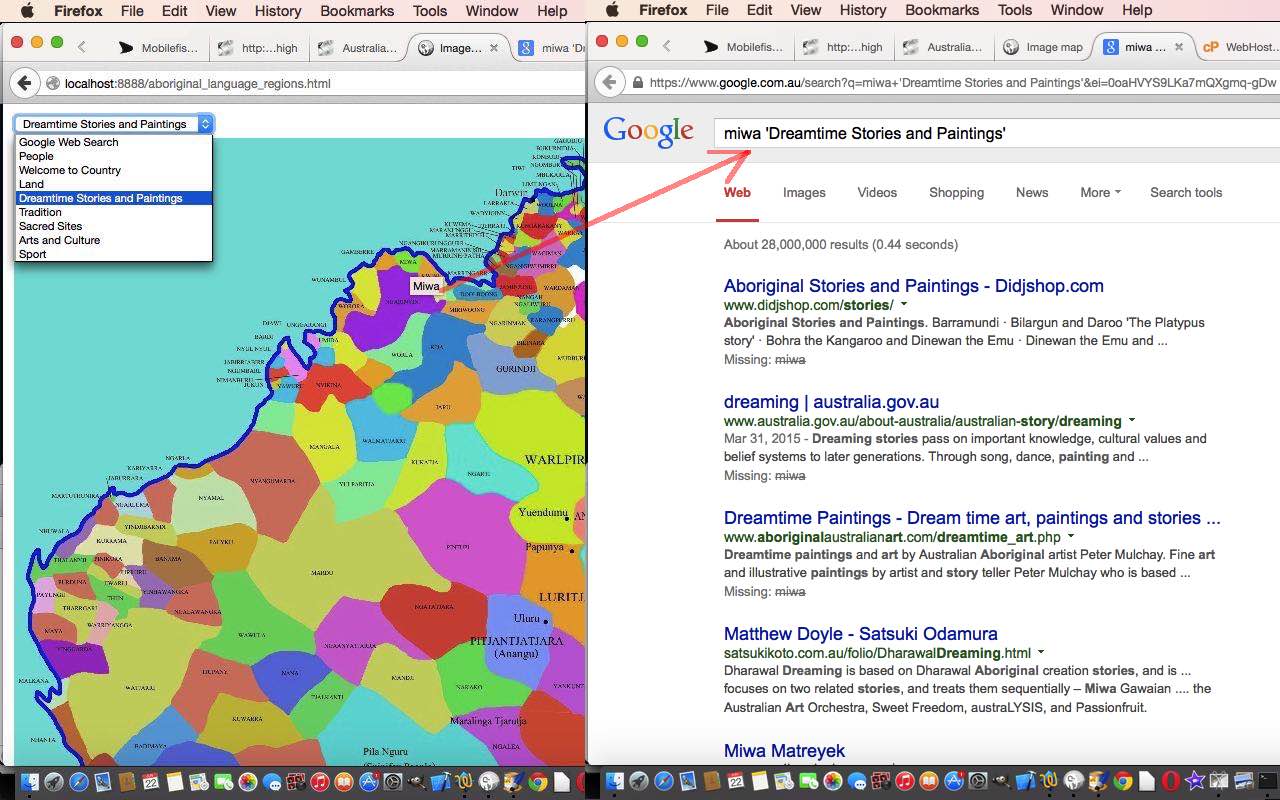
Australian Indigenous Language Image Map Dropdown Tutorial
Today we mix geography and history in an image map web application exploring Indigenous Australian Language, History and Culture. We’ll be devoting a blog posting to the subject in the future, but today’s tutorial, extending on yesterday’s Australian Indigenous Language Image Map Primer Tutorial and its promise of more Javascript DOM functionality to follow, uses a Javascript DOM technique we term here, the “Javascript DOM Big Changes” technique, which is the idea of manipulating “document.body.innerHTML” as a whole.
This technique of manipulating “document.body.innerHTML” as a whole is all fine to do, but you should remember with it that values the user has set, since, with dropdown selection, for instance, need to be taken into account, as a separate stage afterwards, with this method … you’ll see what we mean …
Introduction to Australia’s Aboriginal Culture by David M. Welch. … Aboriginal culture probably represents the oldest surviving culture in the world
function selchange(osel) {
var ov=osel.value;
var oi=osel.id;
document.body.innerHTML = document.body.innerHTML.replace(/" target="_blank"/g, "+'" + ov.replace(/ /g, "%20") + "'" + '" target="_blank"');
document.getElementById(oi).value = ov;
}
… in code above, for the dropdown’s “onchange” event logic … or by trying your own scenarios … which am 100% certain you’ll be beavering away at within minutes of reading today’s offering?!
Is the “document.body.innerHTML” a refresh? It sort of acts like one, but it is more as well, because you have your own logic controls over what gets “refreshed into” … something a little more comfortable, perhaps?!
Now, back to the real world purpose of this technique. Yesterday we established a “MobileFish” inspired HTML map element scenario with the following components …
- a brilliant piece of research from the University of Western Sydney and ending up on the TreatyRepublic.net website as a map image … thanks
- using the wonderful MobileFish image map (HTML element) creator helper … thanks
… so now we virtually leave that HTML intact and only mildly changed, and do not use PHP, no matter how tempting that is for me to do, and use Javascript on that existant HTML (which, by the way, will eventually be fleshed out to avoid ‘Under construction’ messages, eventually) to perform significant functional improvements. This Javascript is external Javascript, hence the minimalist approach to changes to the HTML.
So take a look at today’s live run (HTML source code (you could call) aboriginal_language_regions.html changed as per this link from yesterday, and calling on the external Javascript aboriginal_language_regions.js) where we add the dropdown HTML select element at the top to refine our Google Search information.
Previous relevant Australian Indigenous Language Image Map Primer Tutorial is shown below.
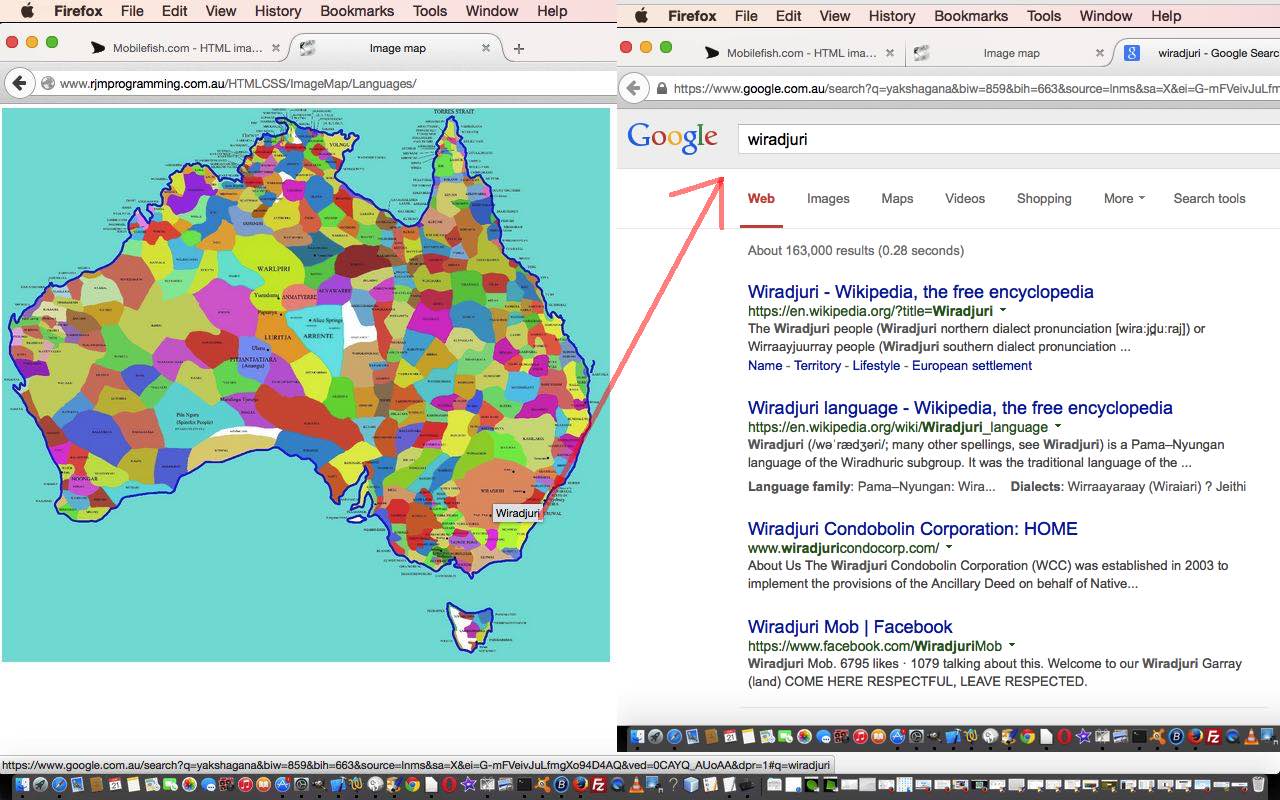
Australian Indigenous Language Image Map Primer Tutorial
We want to show more ideas with Javascript DOM and the HTML map element over coming days.
The HTML map element is a very useful way to combine a graphical image with web functionality, by turning that image into a clickable, by region, entity.
For the theme of work over the next few days we combine history and geography. Remember at school that history and geography were choices at a certain stage of schooling, but today, we try to use geography to foster an interest in history … after all, where we live is really important to how history pans out for society.
Was inspired by a story of a several meter high atlas that is currently on display in our New South Wales library … and it takes two people to turn a page, else the weight of the page will tear it with only one person turning.
This thought of maps combined with me with a story about how diverse and interesting our Australian Indigenous Languages are here in Australia. There are hundreds of languages involved in Australia’s history, though we often only think of English … so take a look at today’s live run (HTML source code (you could call) aboriginal_language_regions.html) where we show …
- a brilliant piece of research from the University of Western Sydney and ending up on the TreatyRepublic.net website as a map image … thanks
- using the wonderful MobileFish image map (HTML element) creator helper … thanks
… to set up that initial additional “onclick” intelligence that takes you to some Google search engine opportunities to link a region of Australia with an indigenous tribe (and its language), as a first step in the functionality we develop over time.
If this was interesting you may be interested in this too.
If this was interesting you may be interested in this too.
If this was interesting you may be interested in this too.
If this was interesting you may be interested in this too.
If this was interesting you may be interested in this too.
If this was interesting you may be interested in this too.
If this was interesting you may be interested in this too.
If this was interesting you may be interested in this too.
If this was interesting you may be interested in this too.

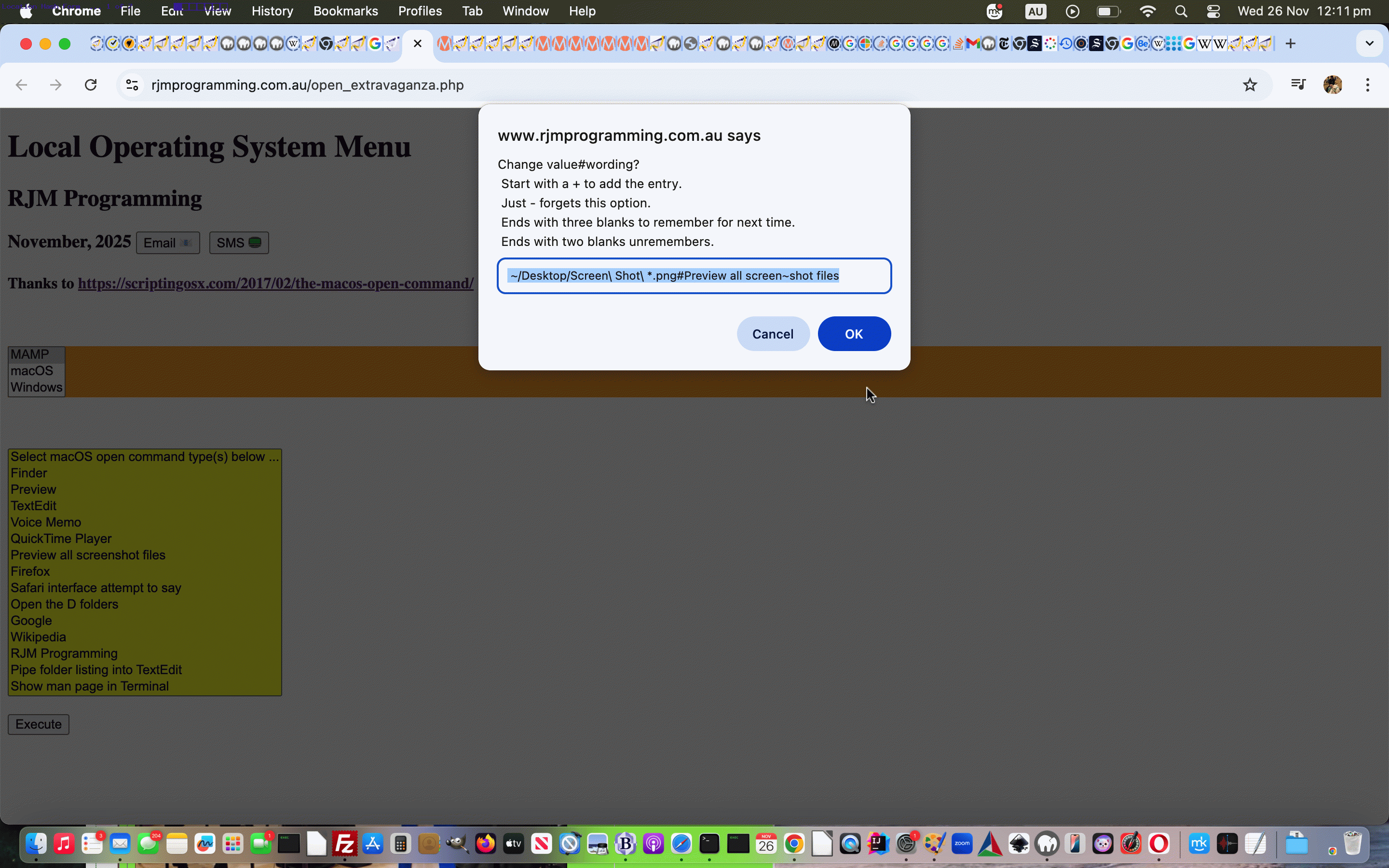
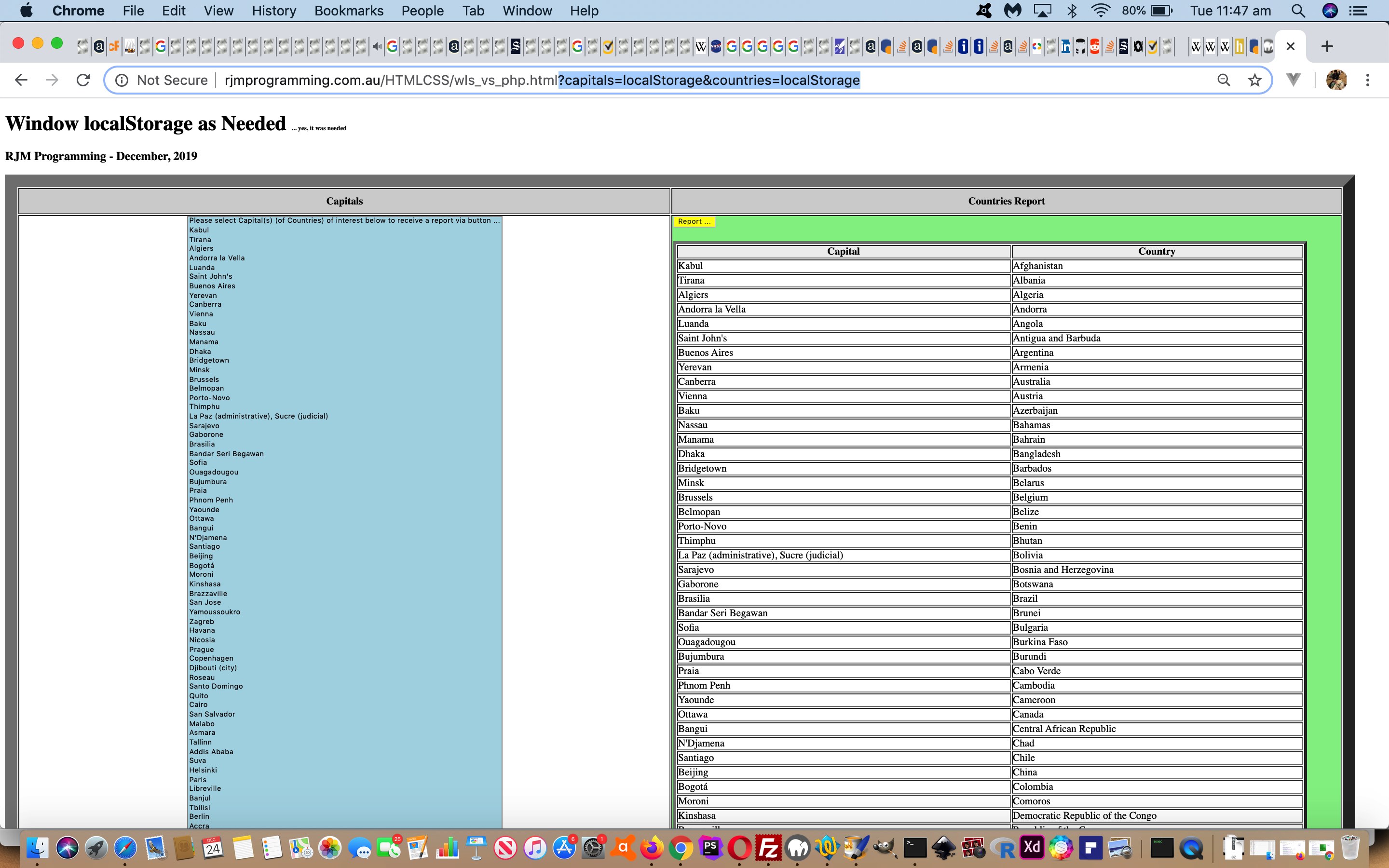
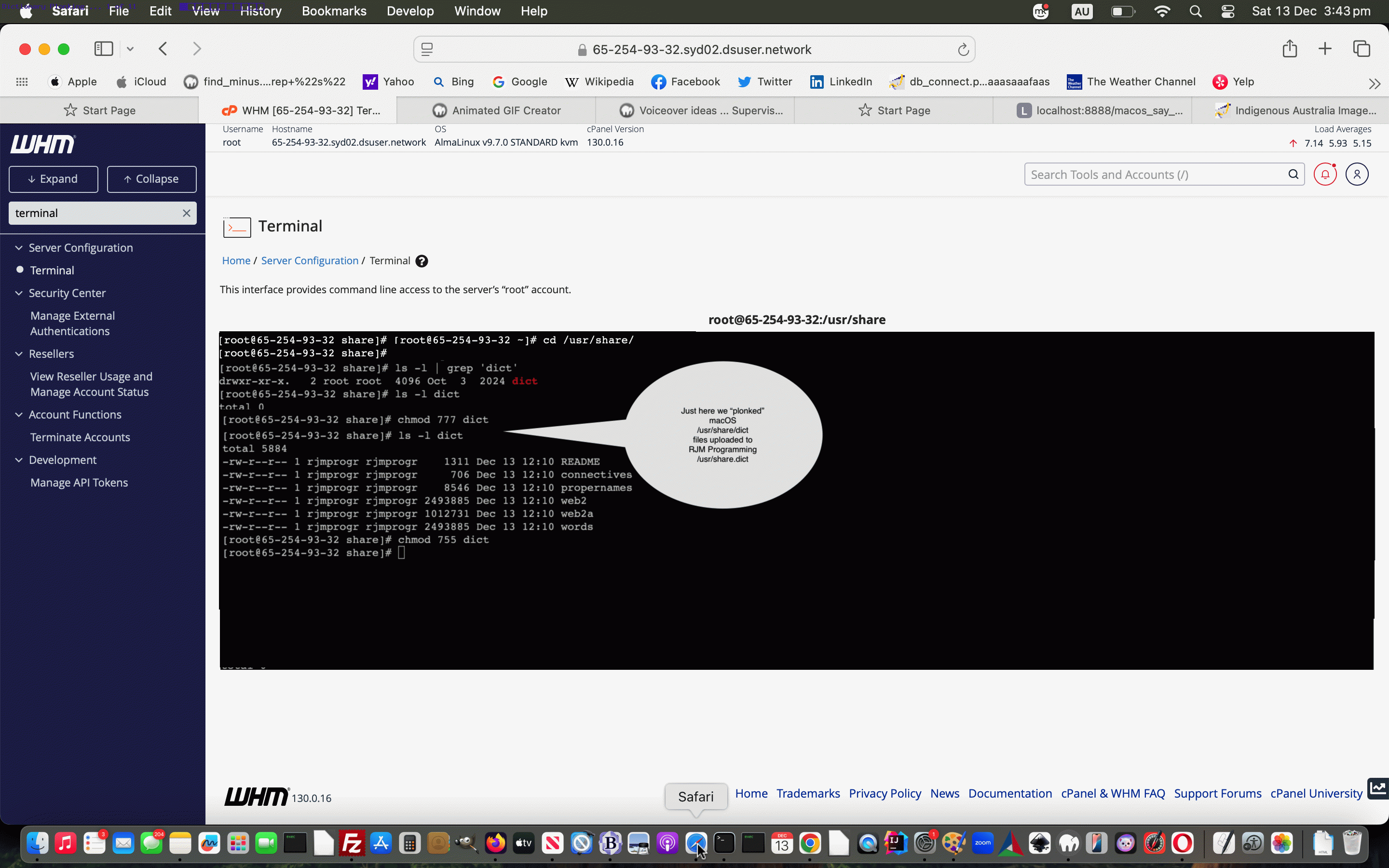
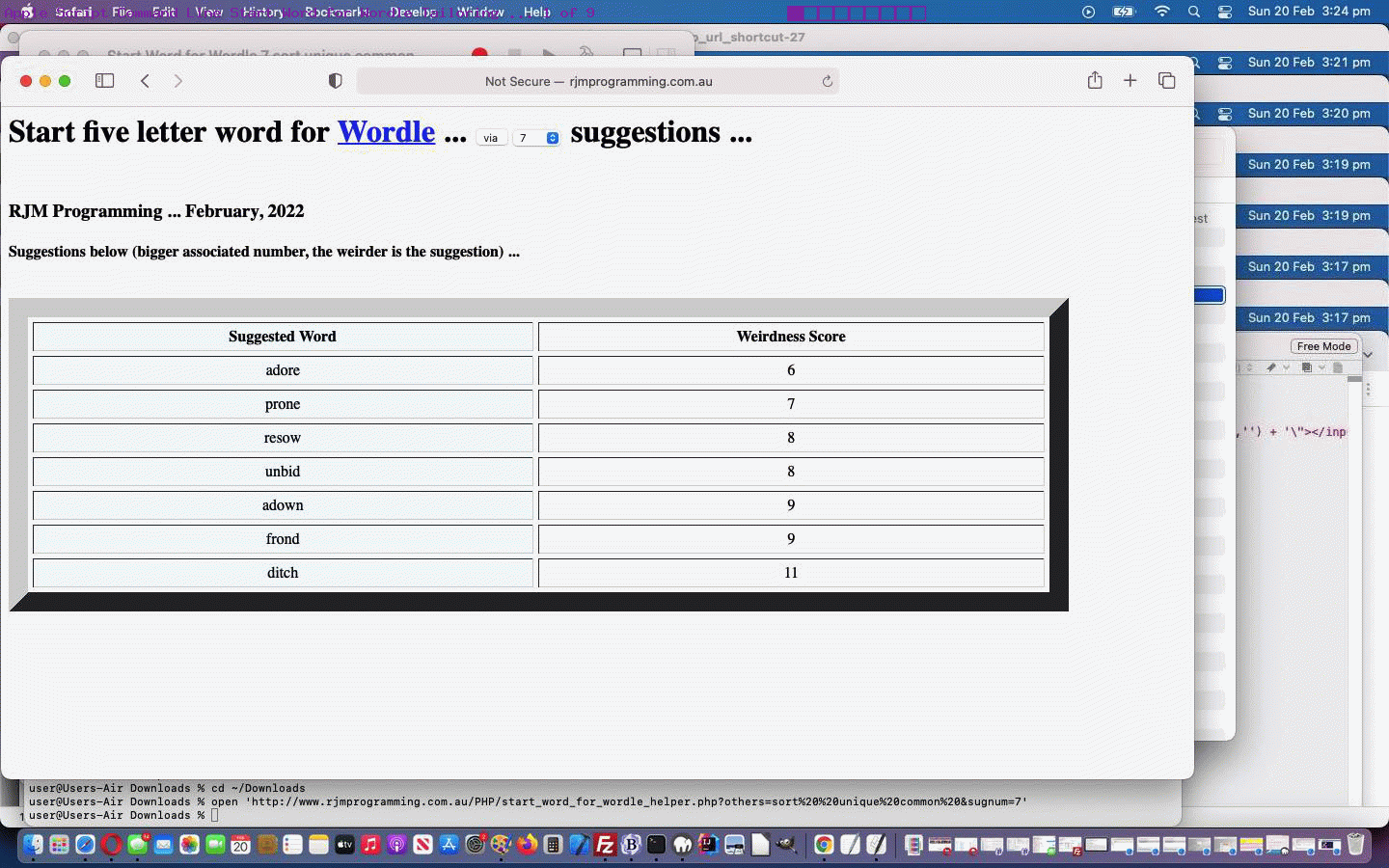
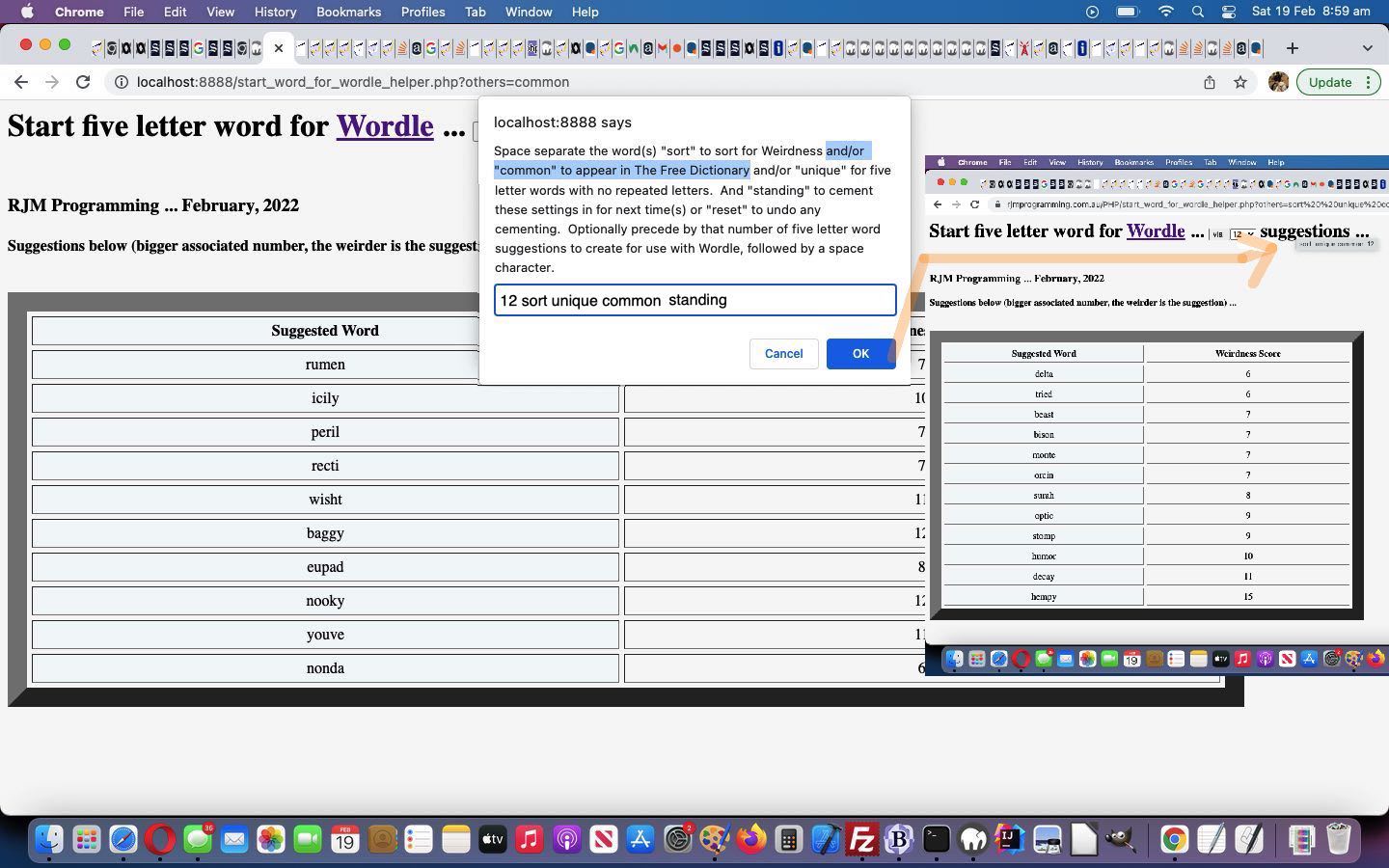
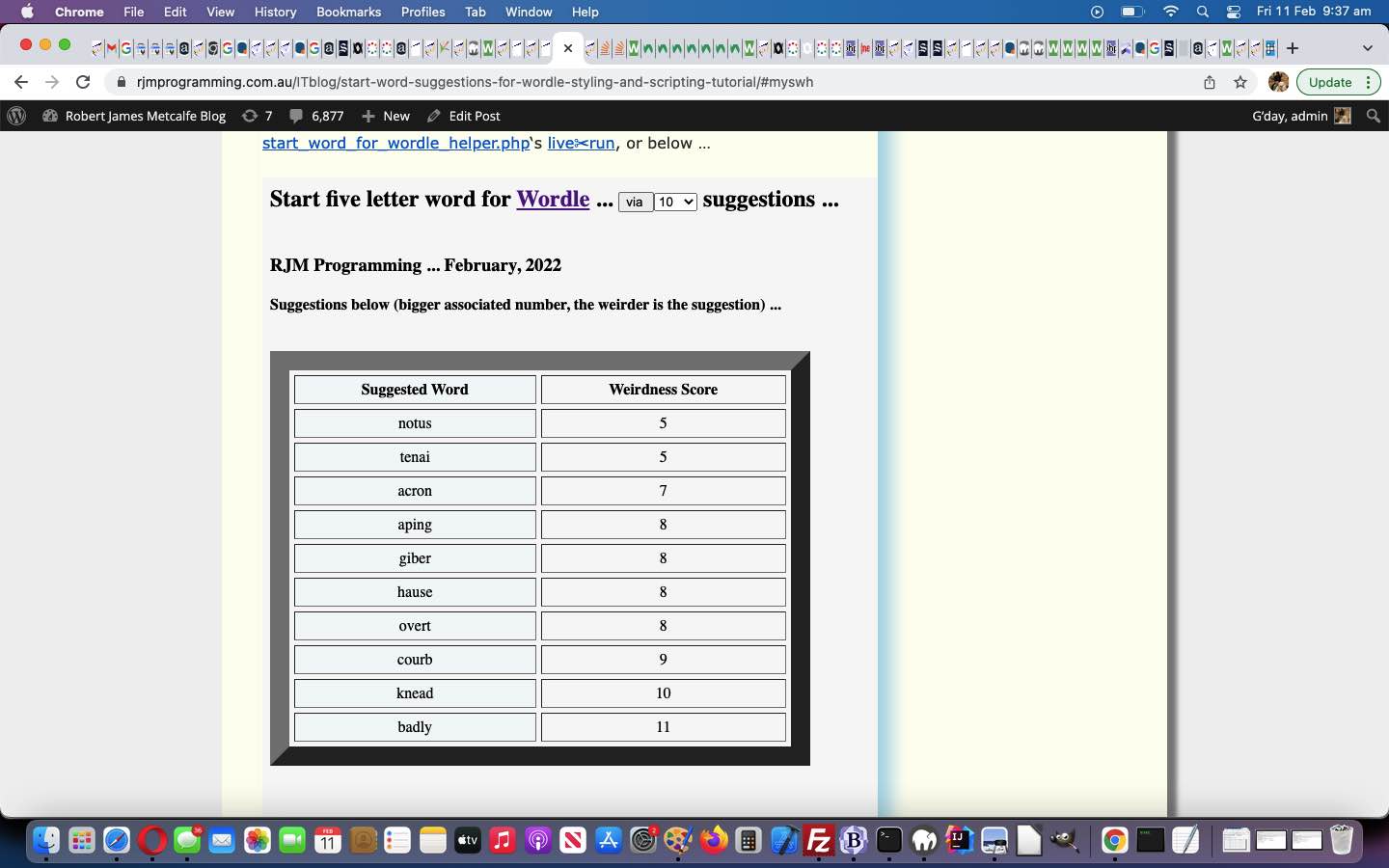
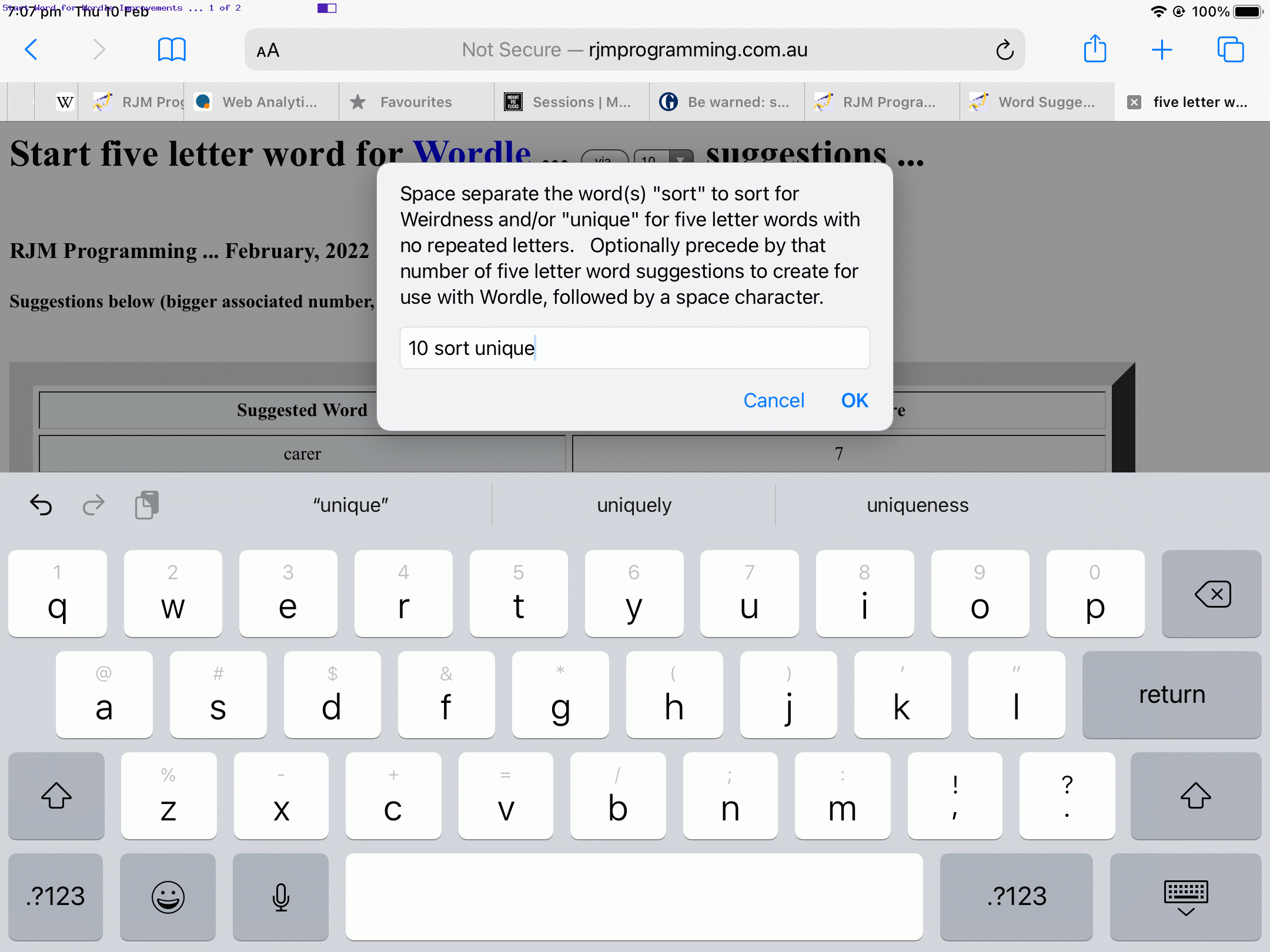
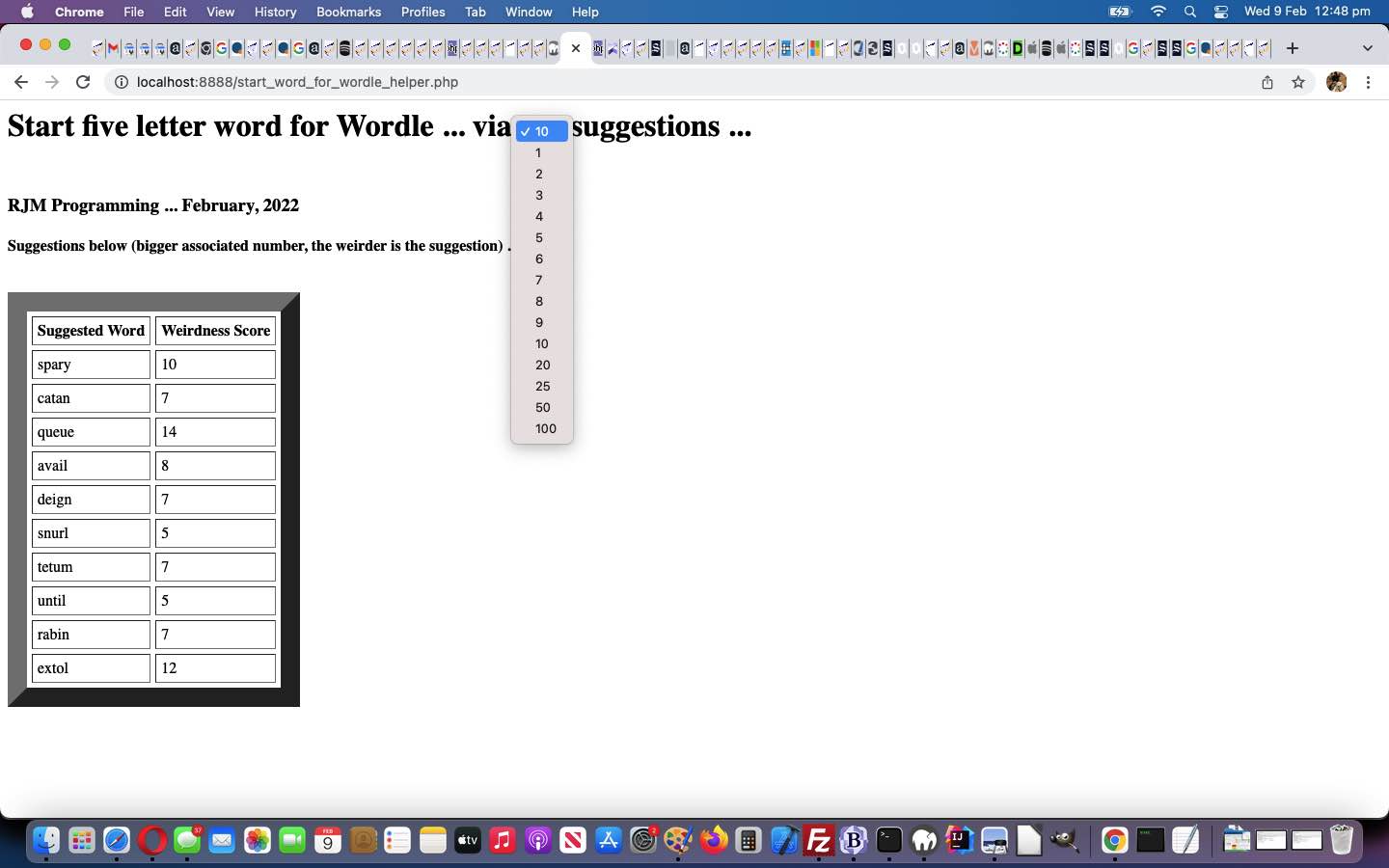
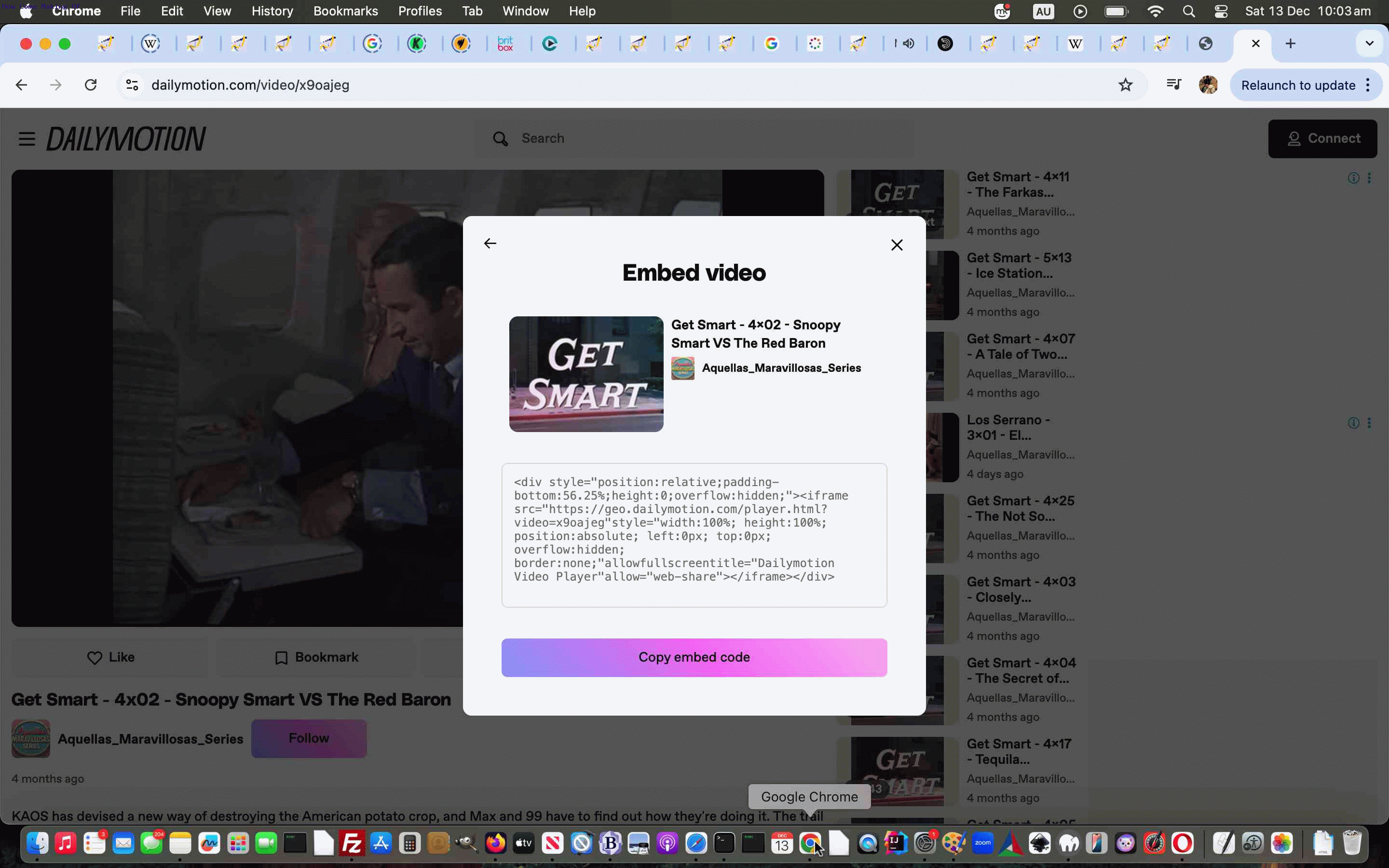
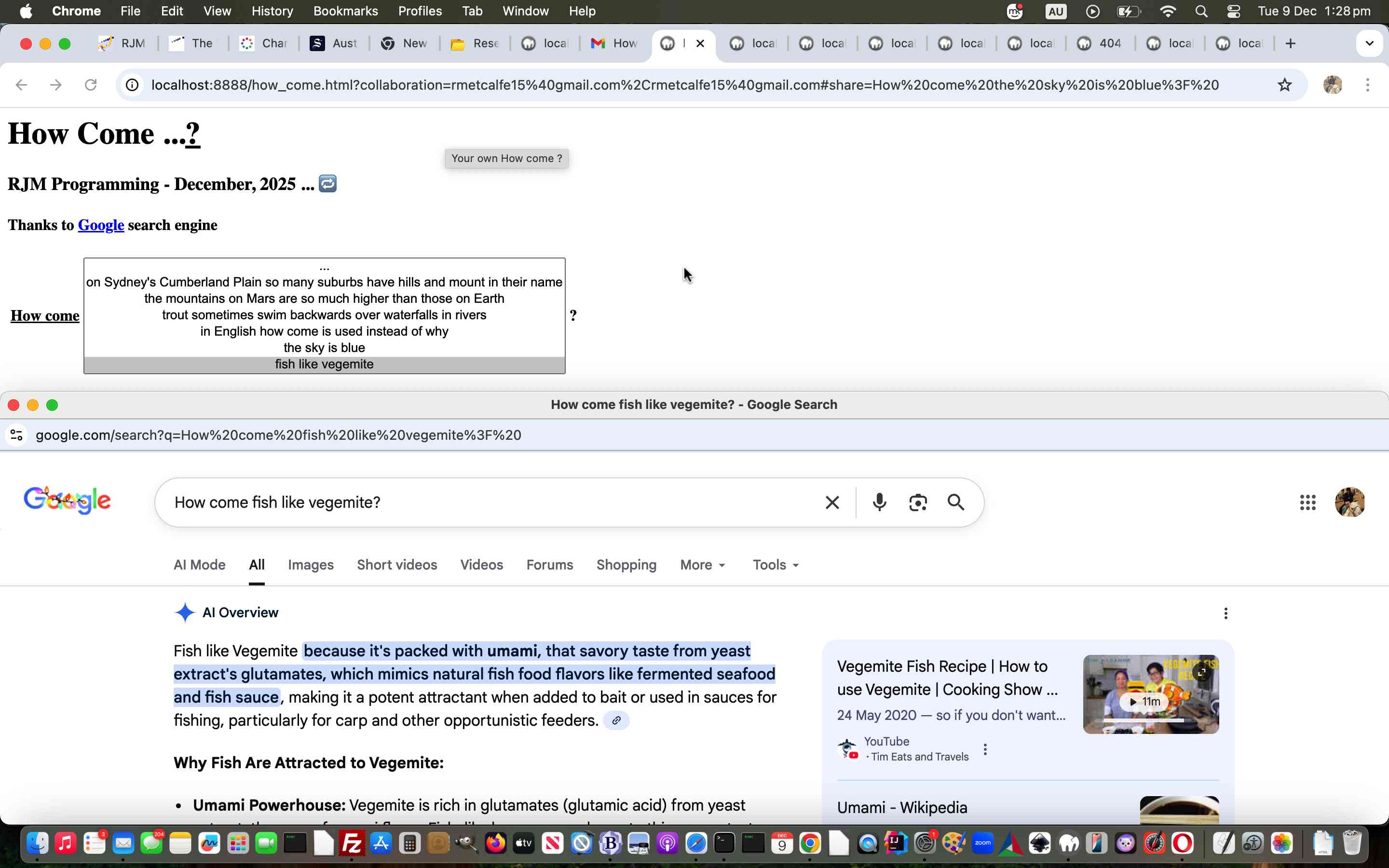

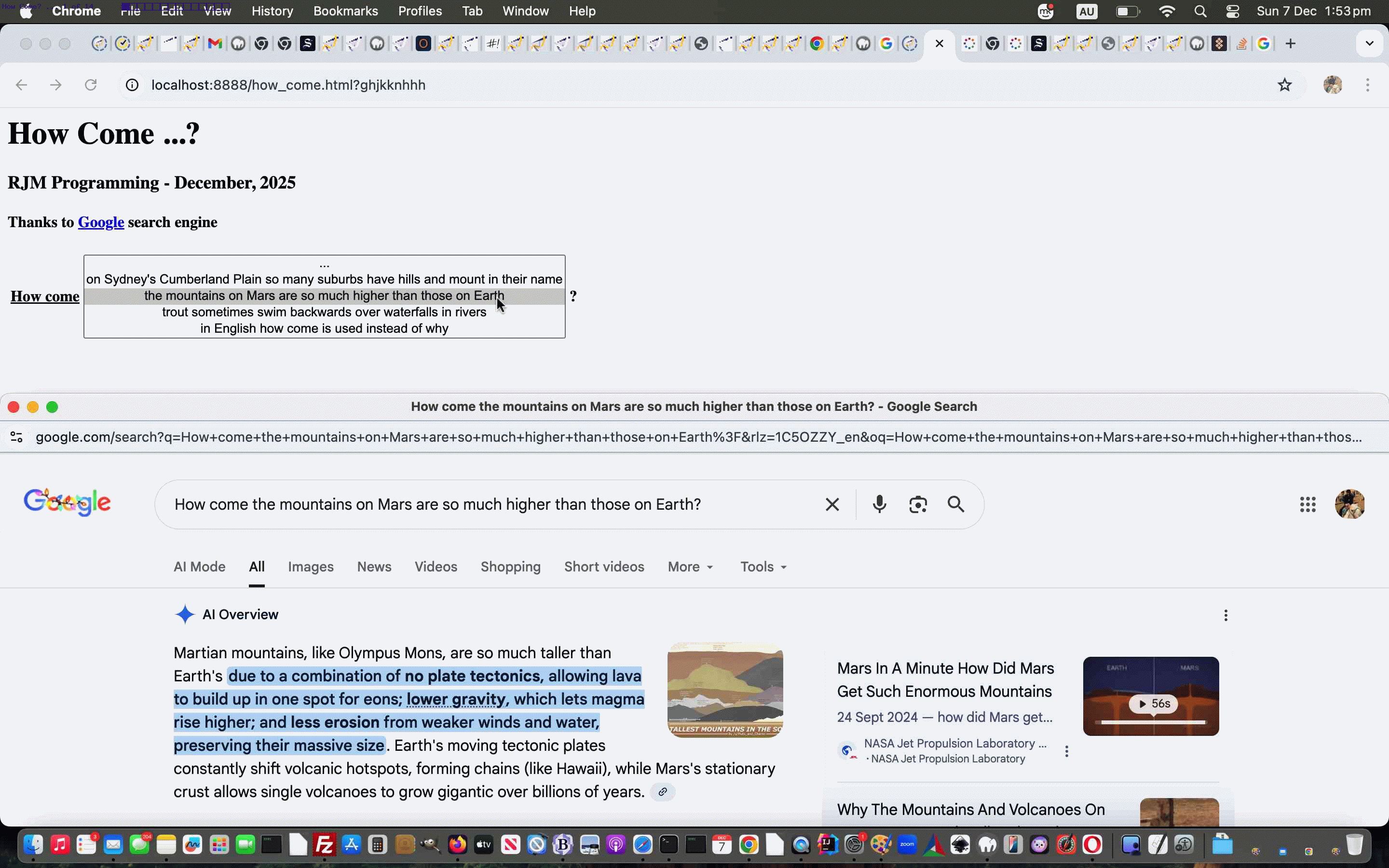
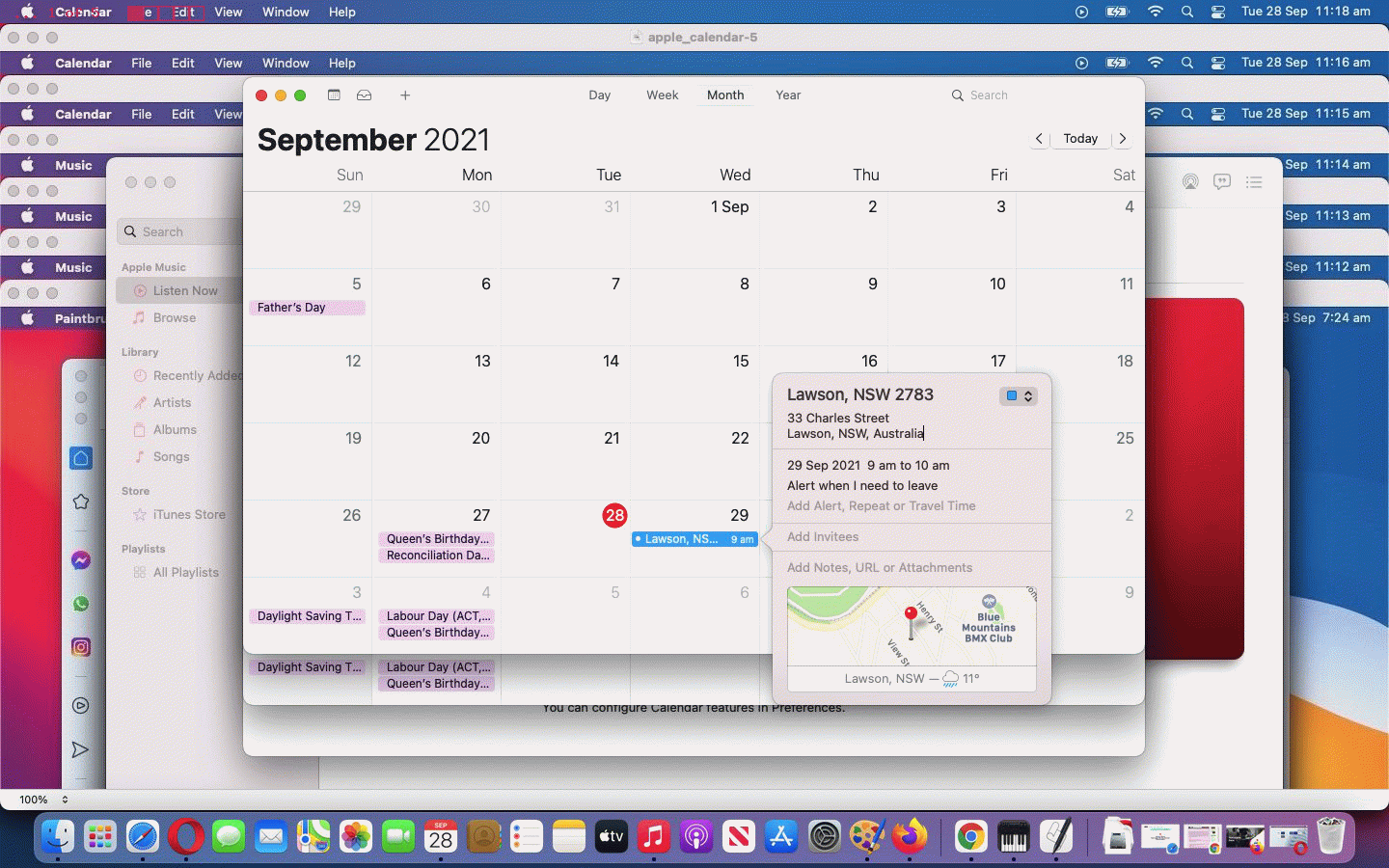
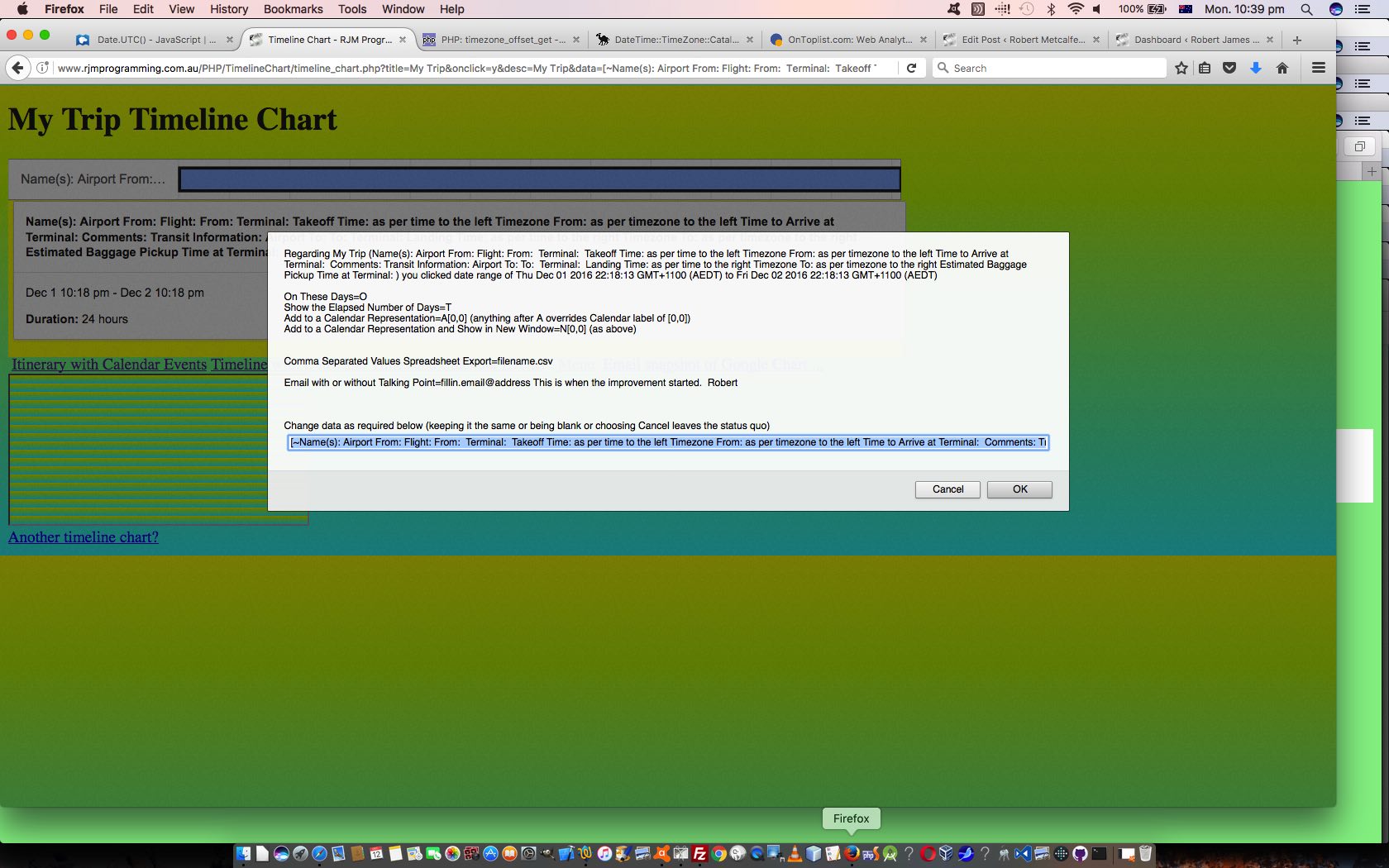
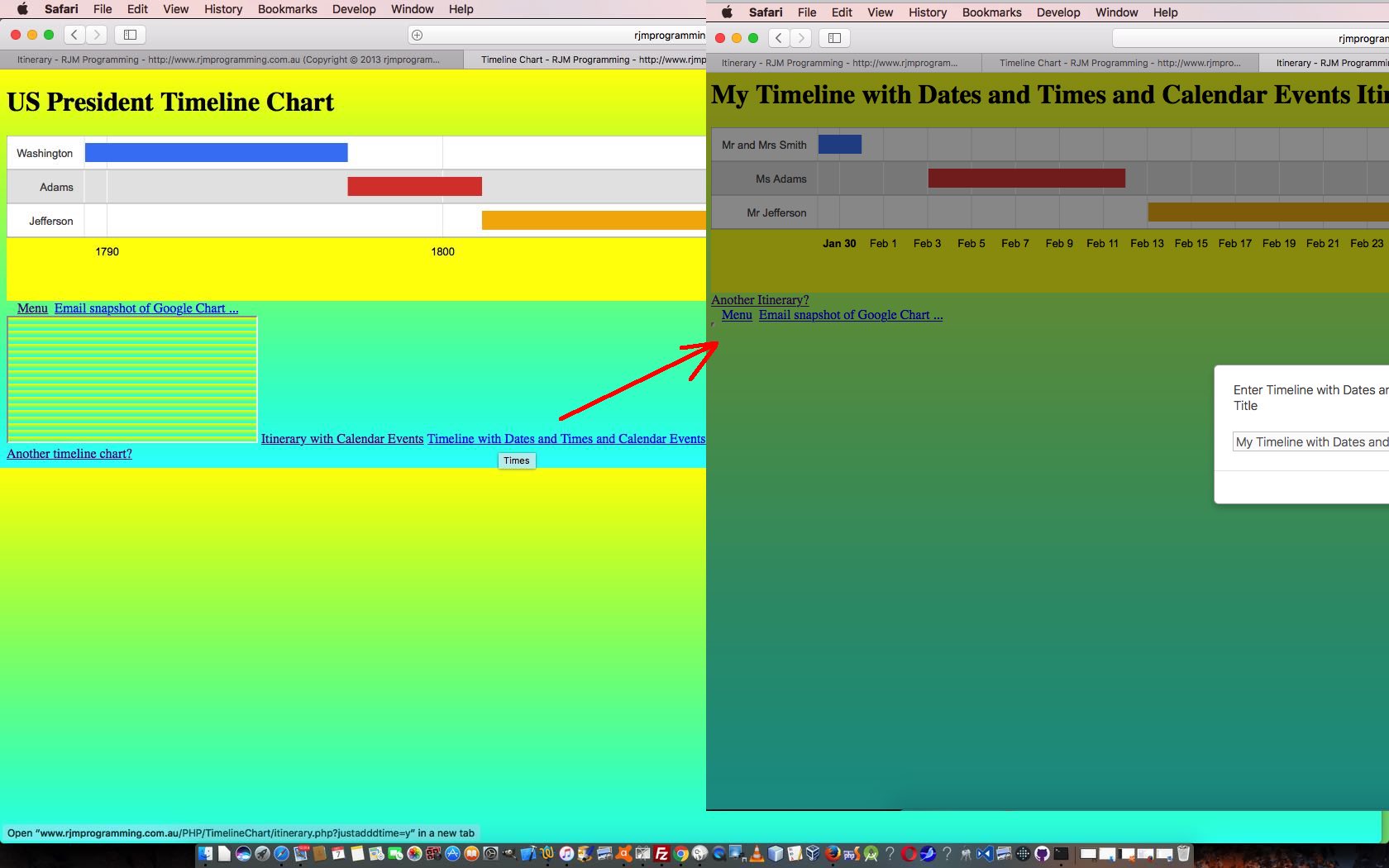
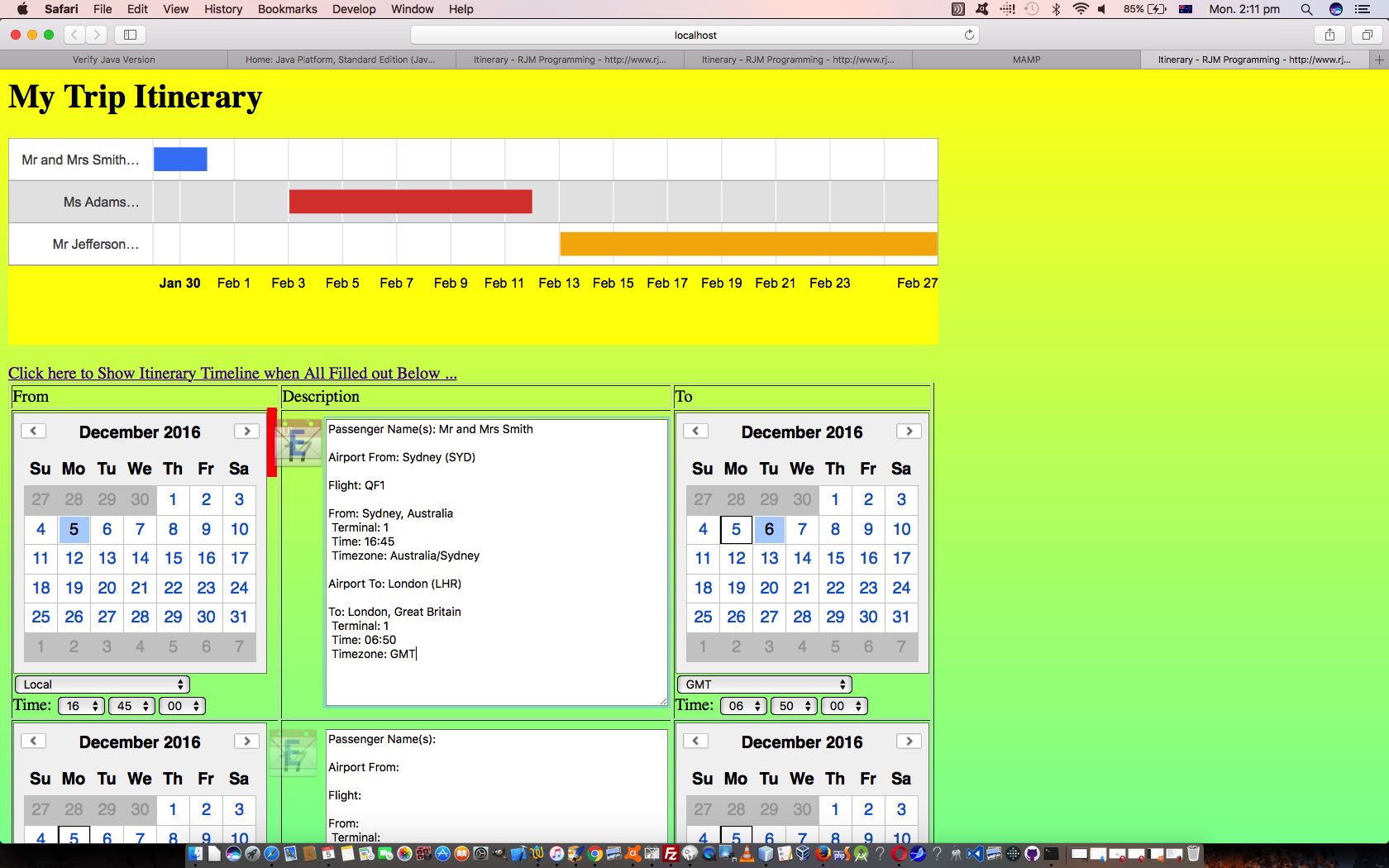
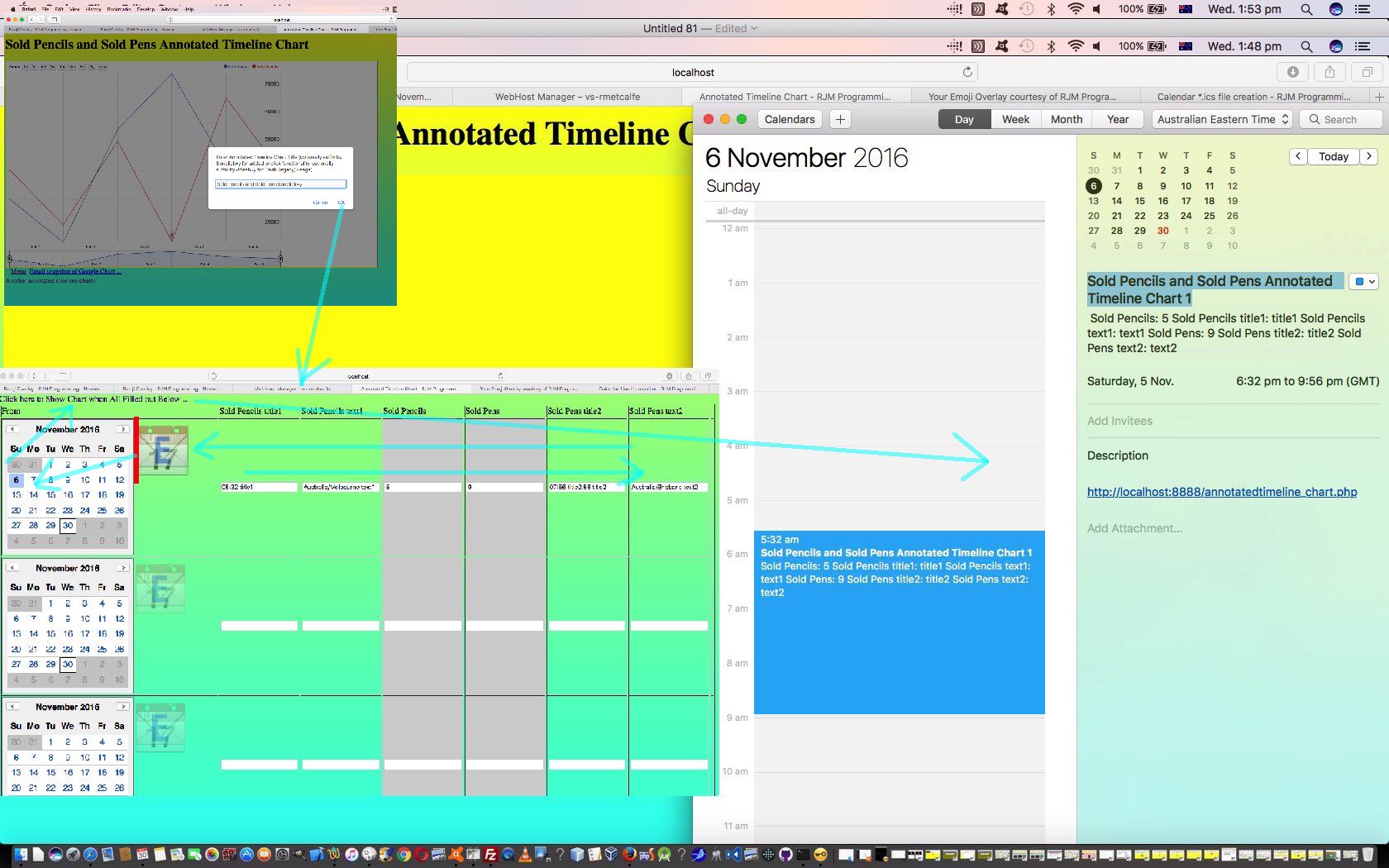
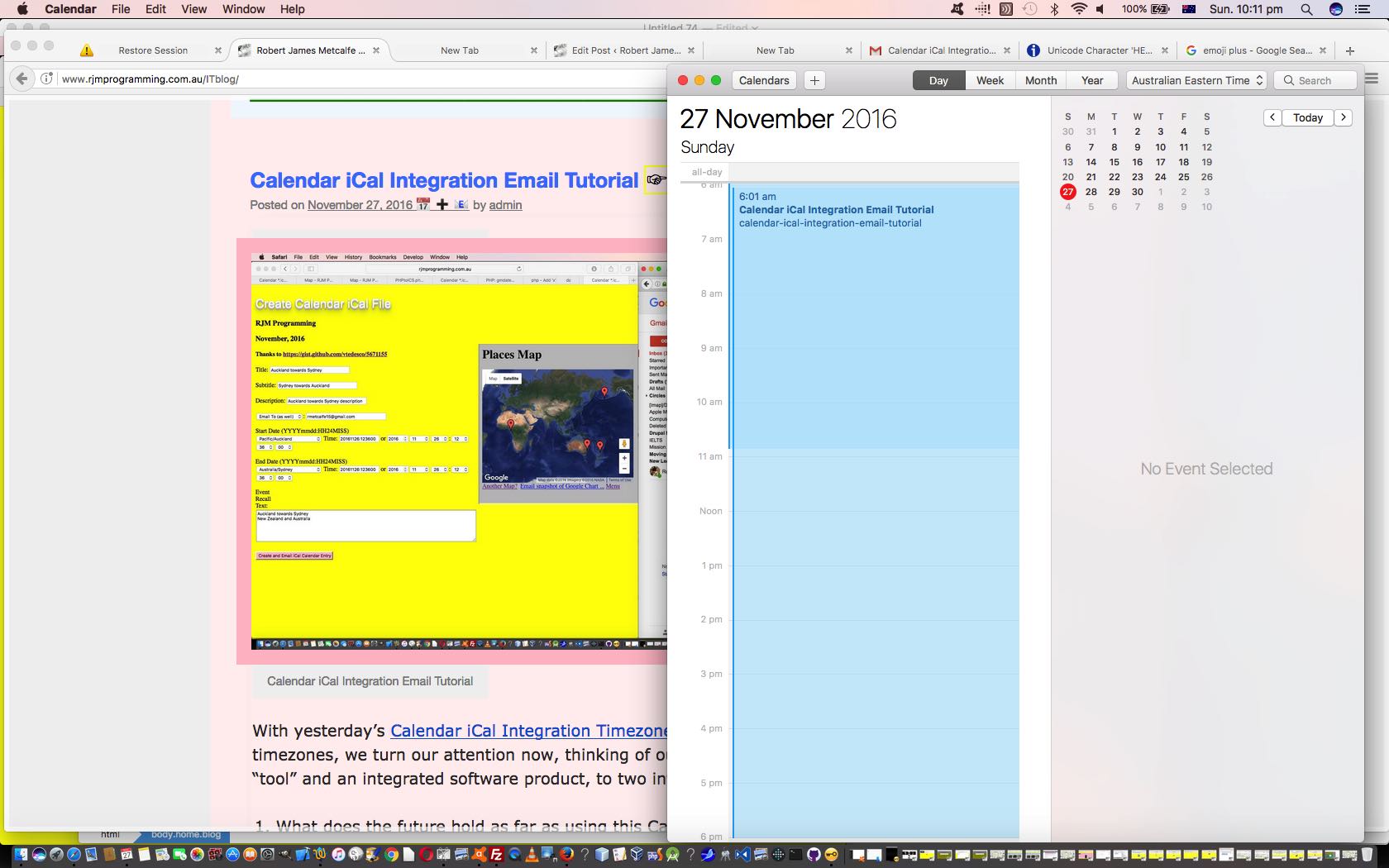
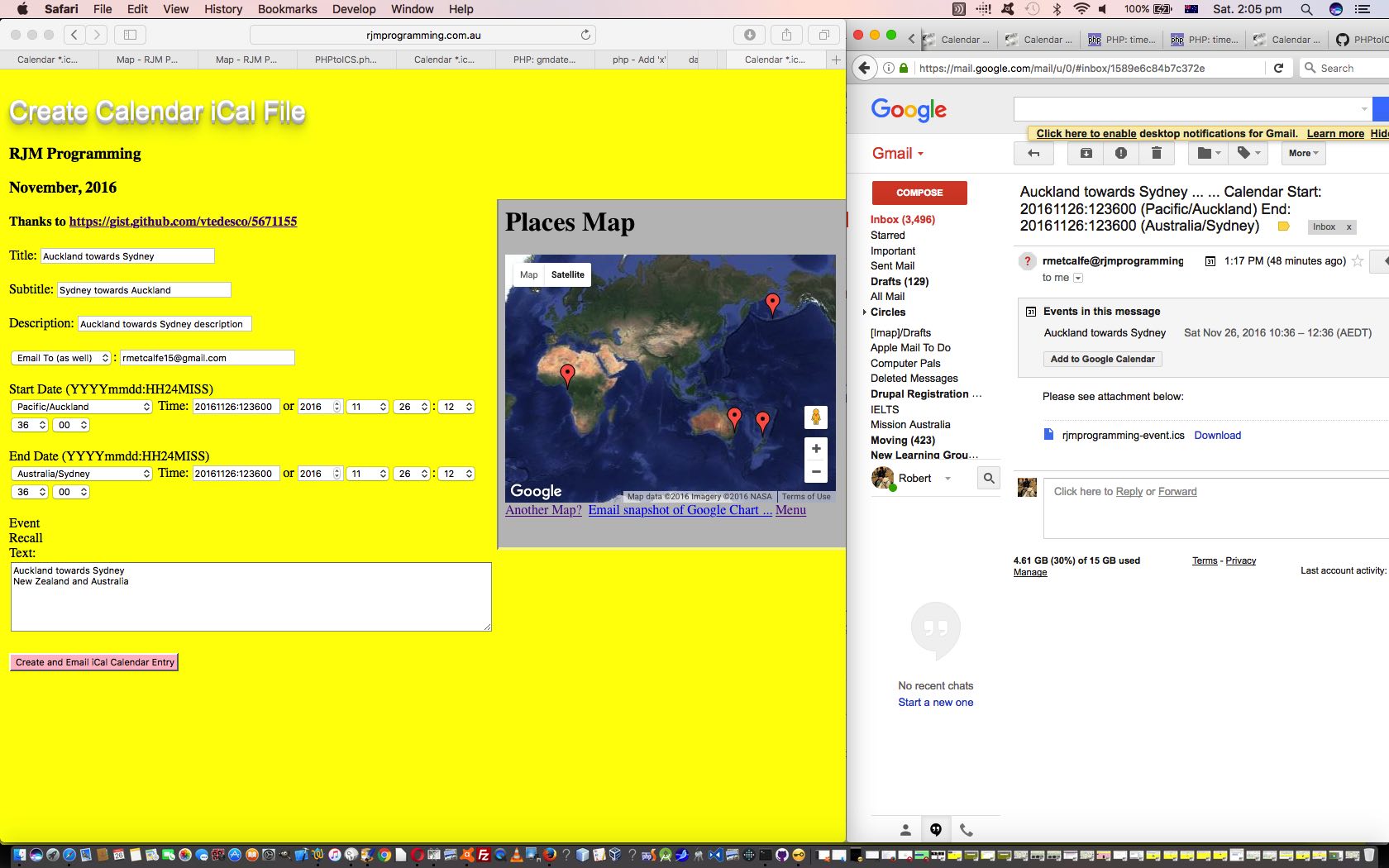
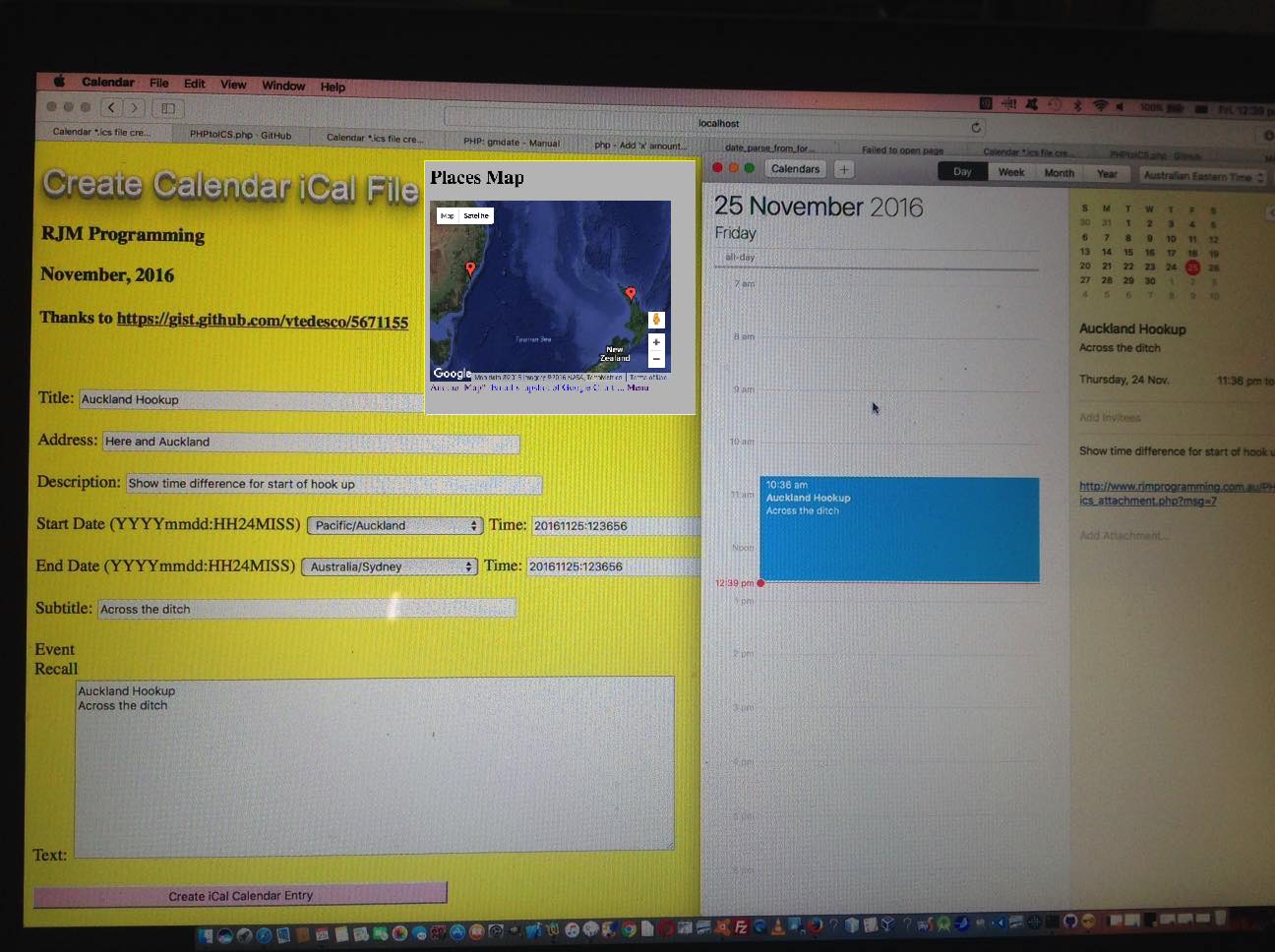
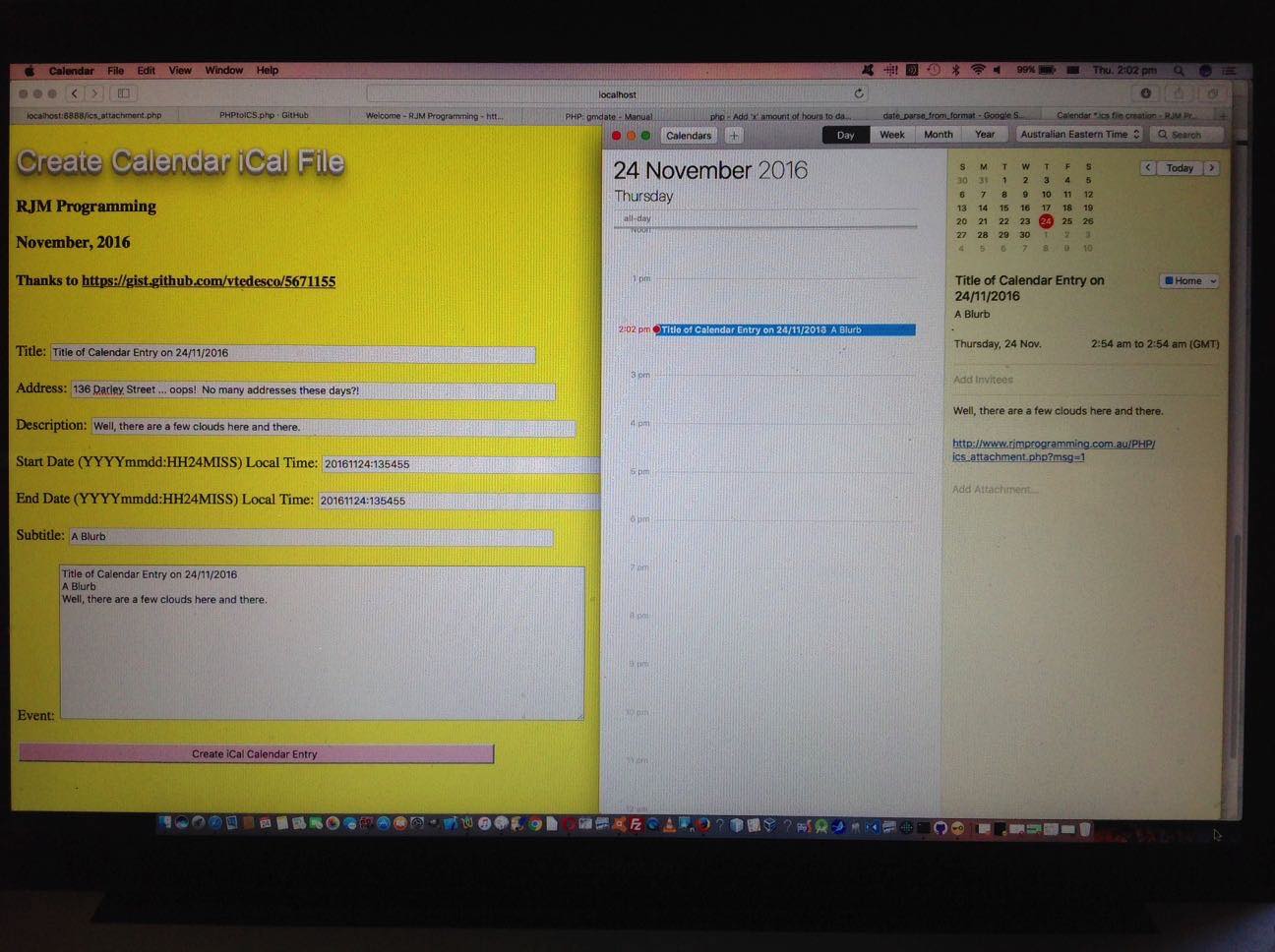

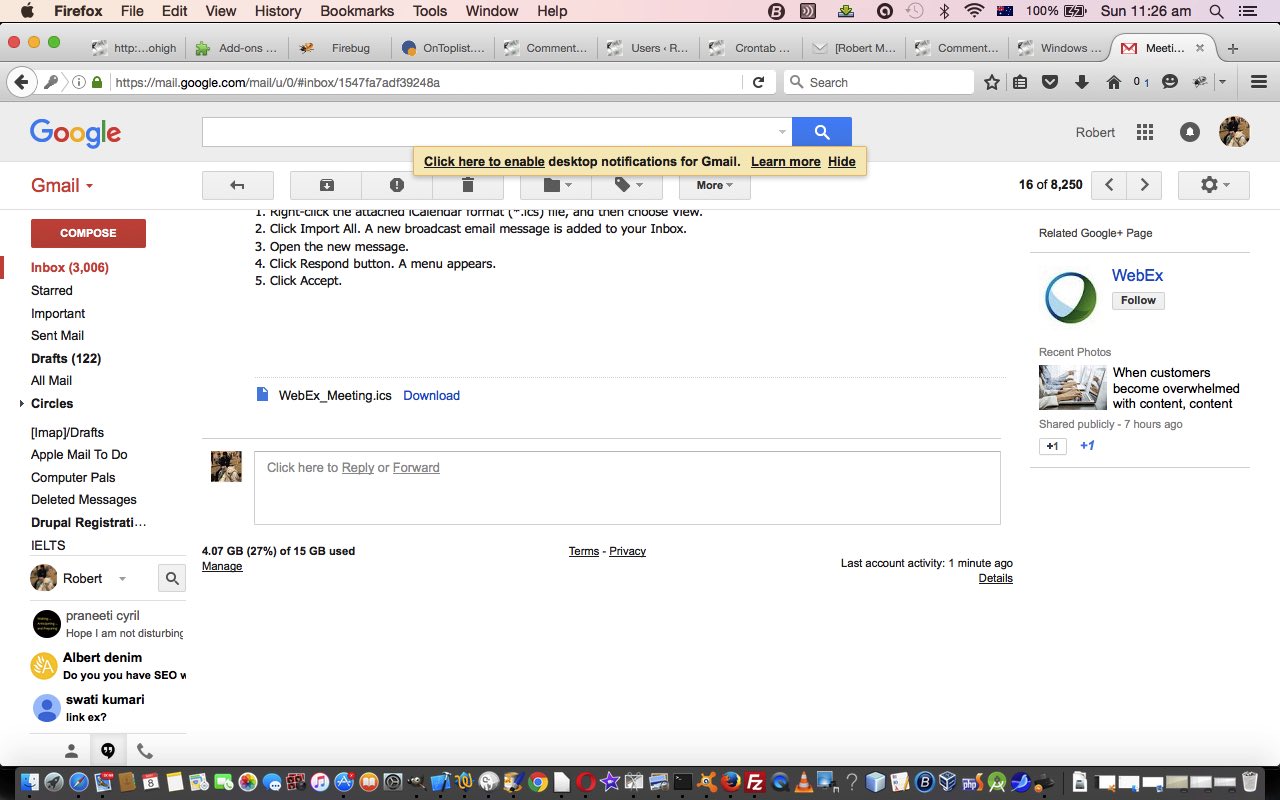 is, as explained in
is, as explained in 










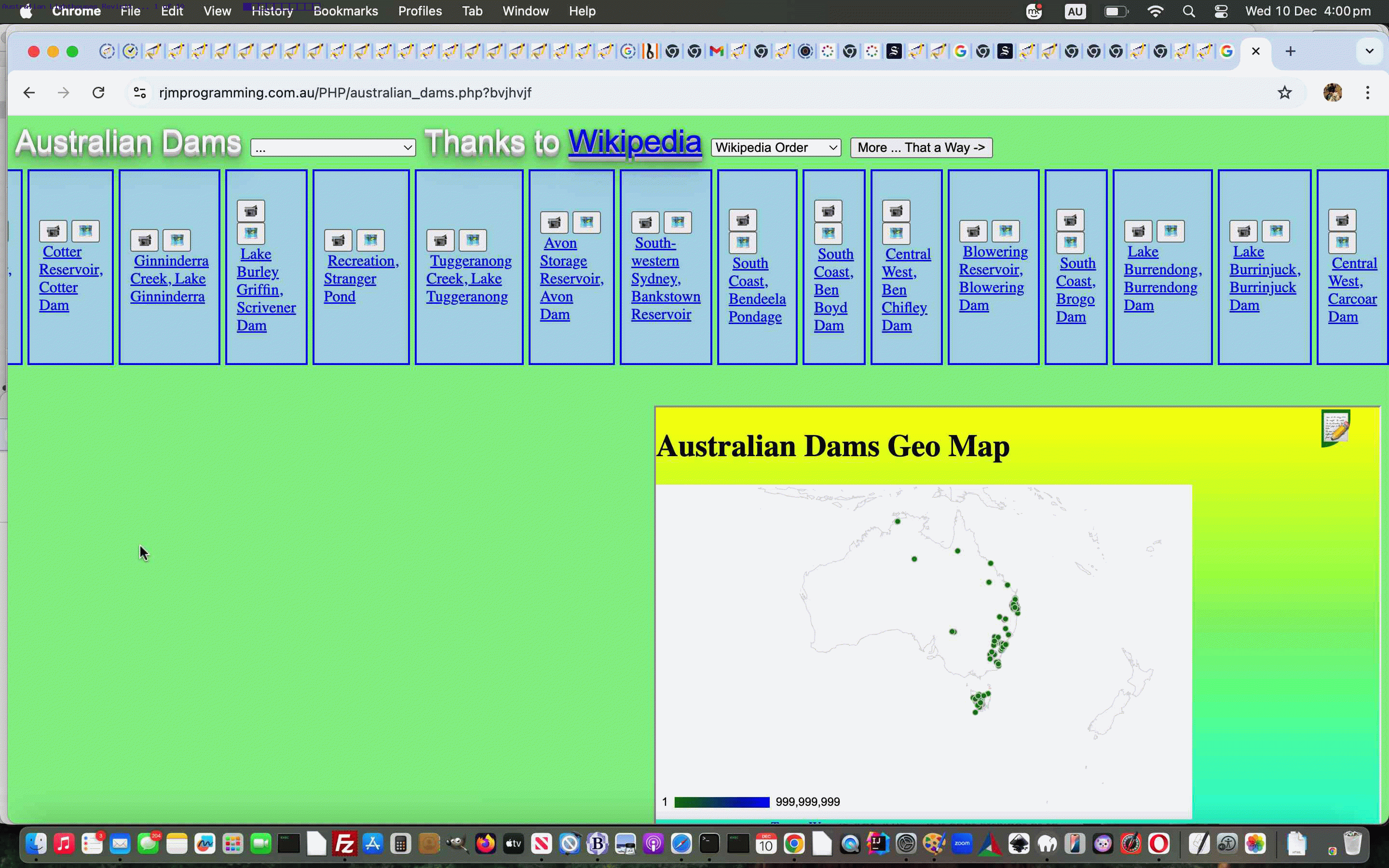
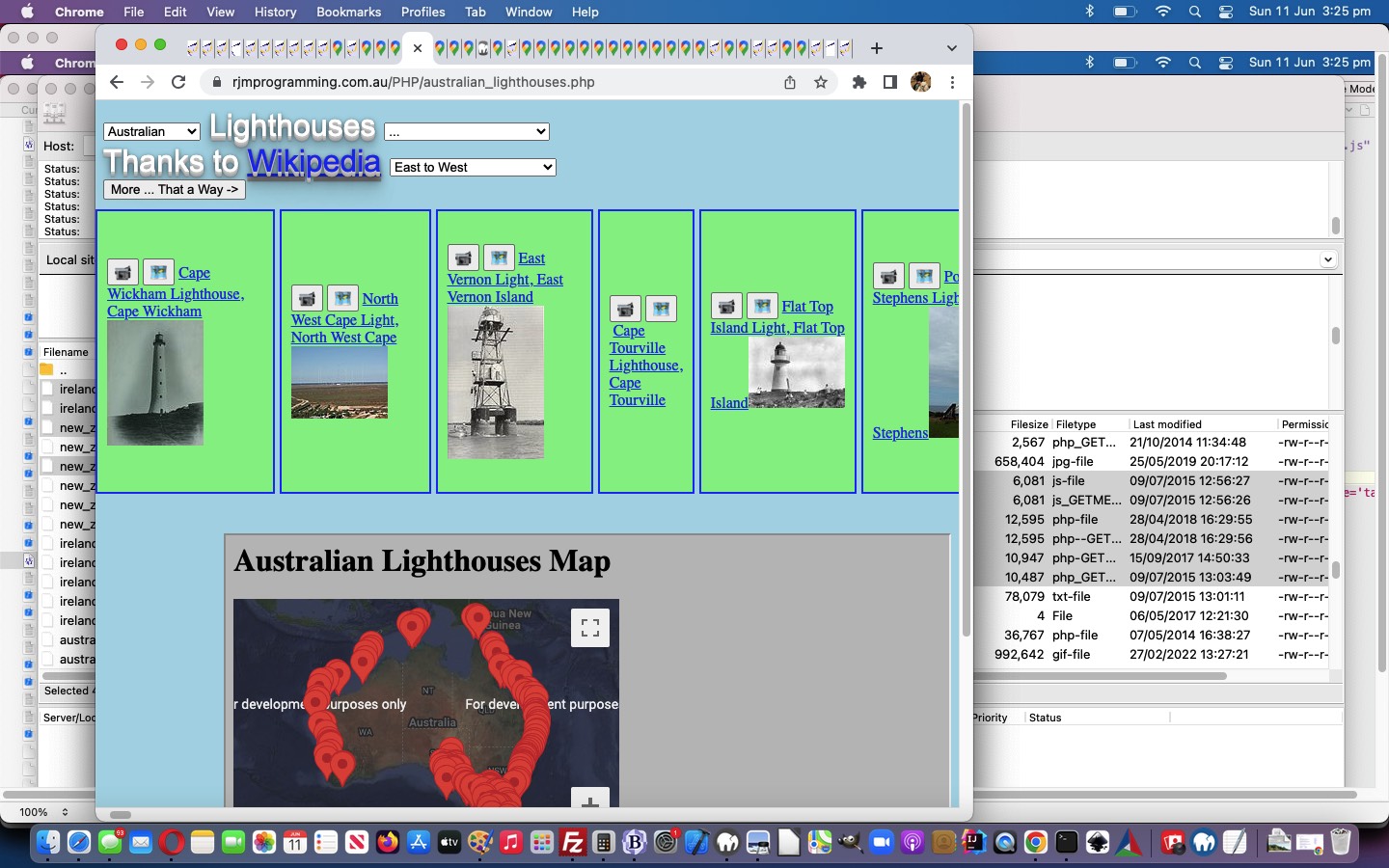
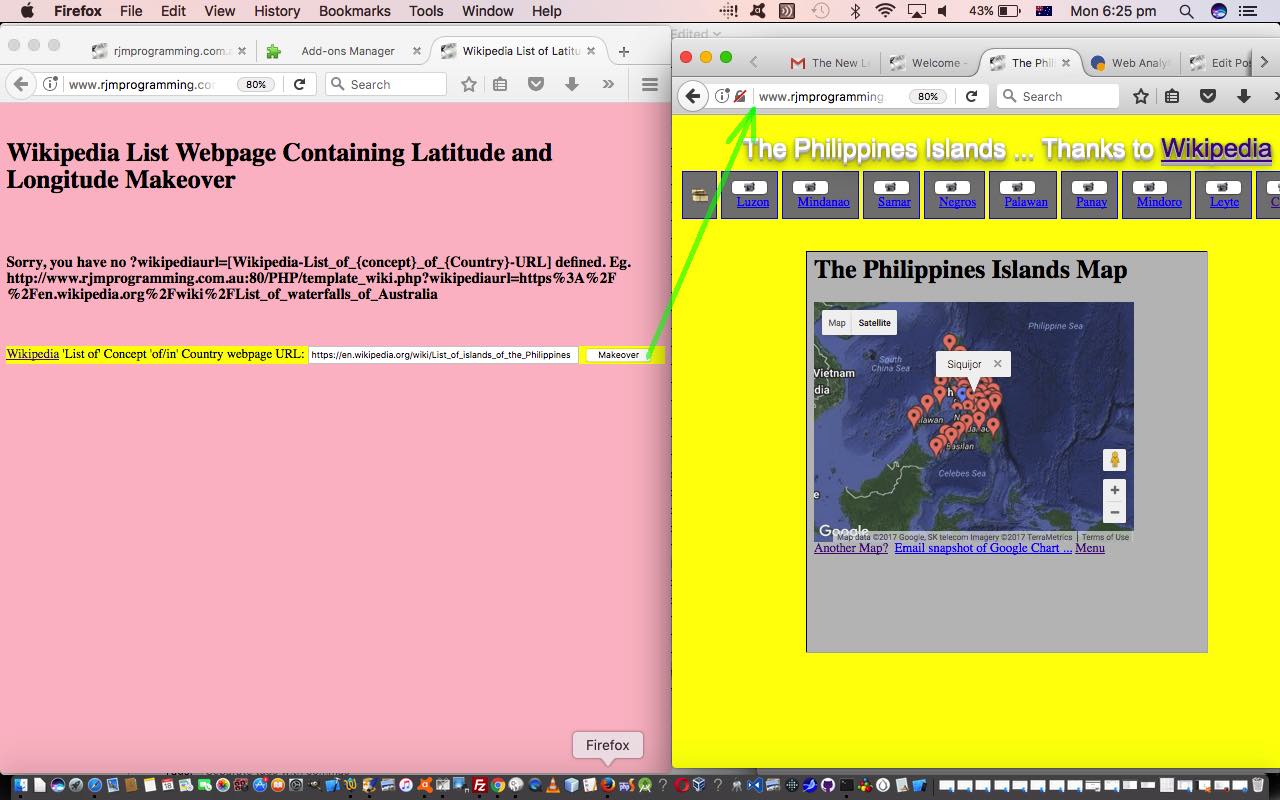
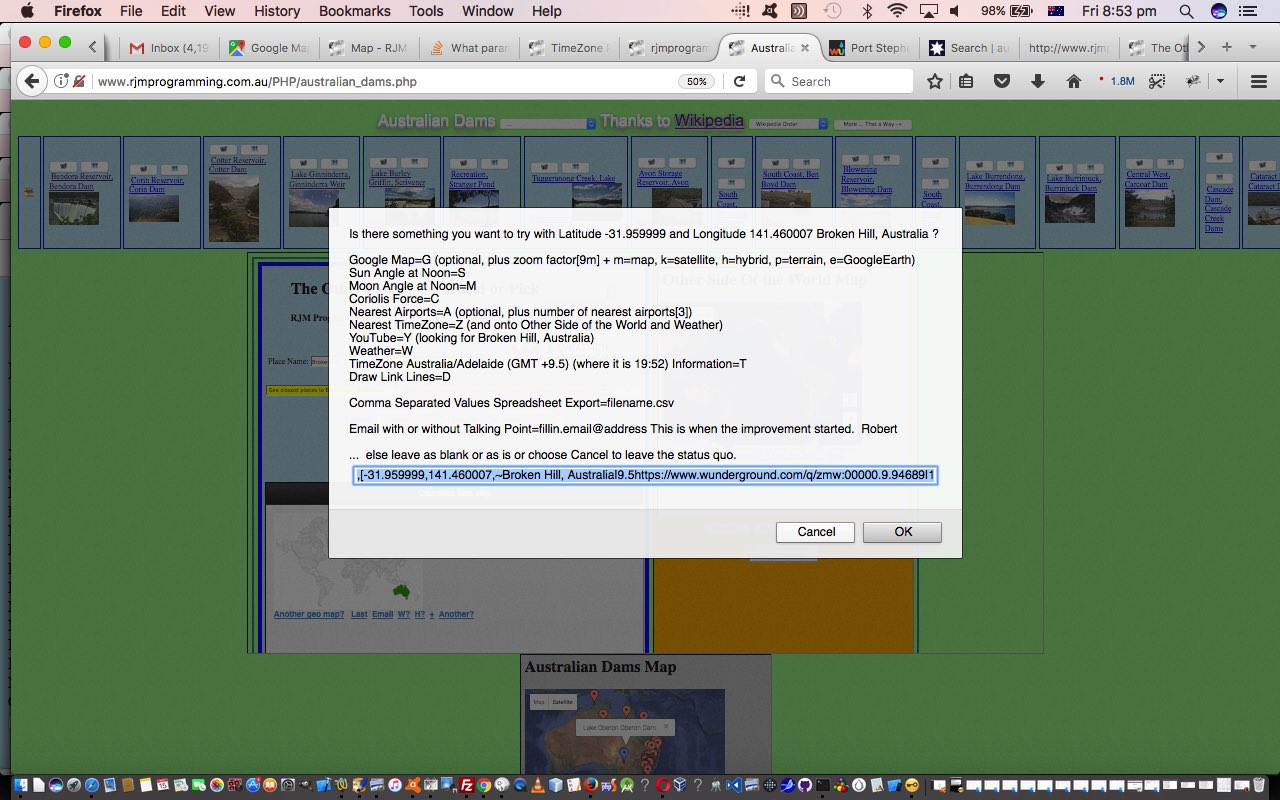
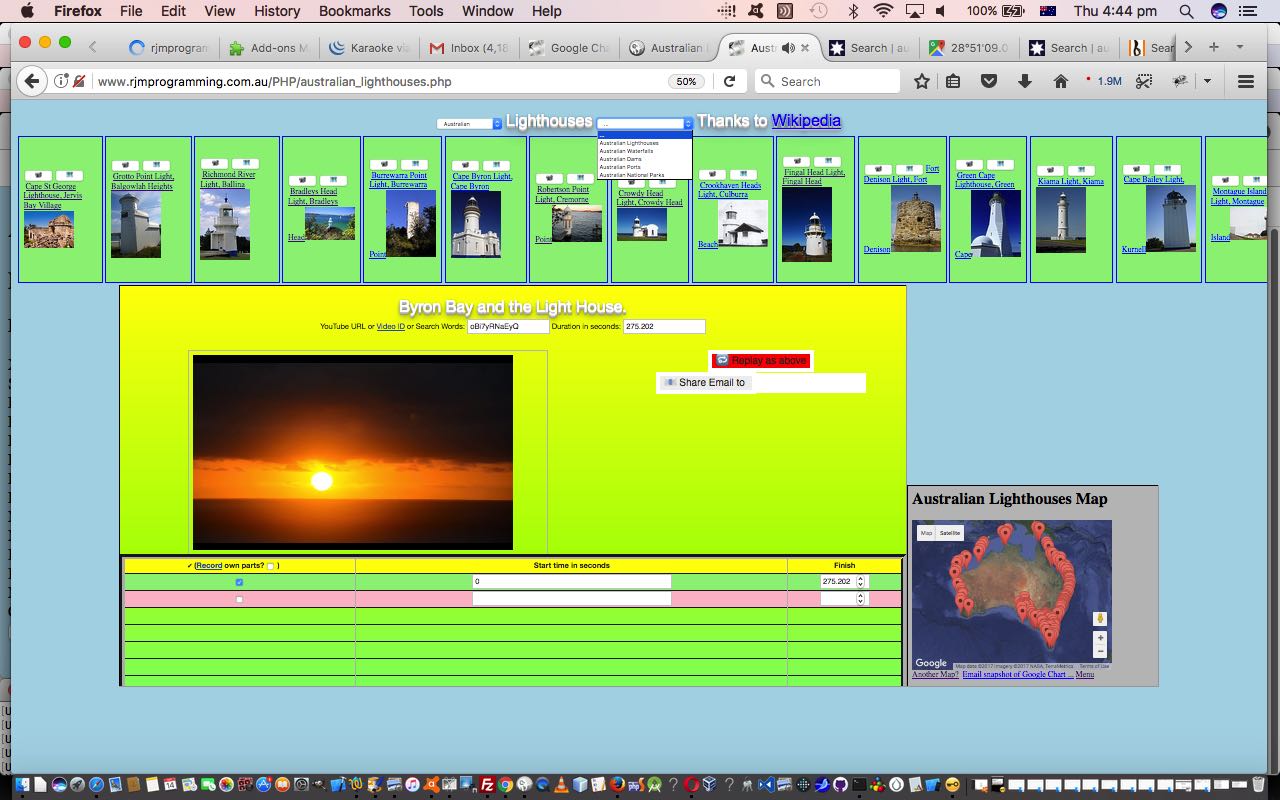
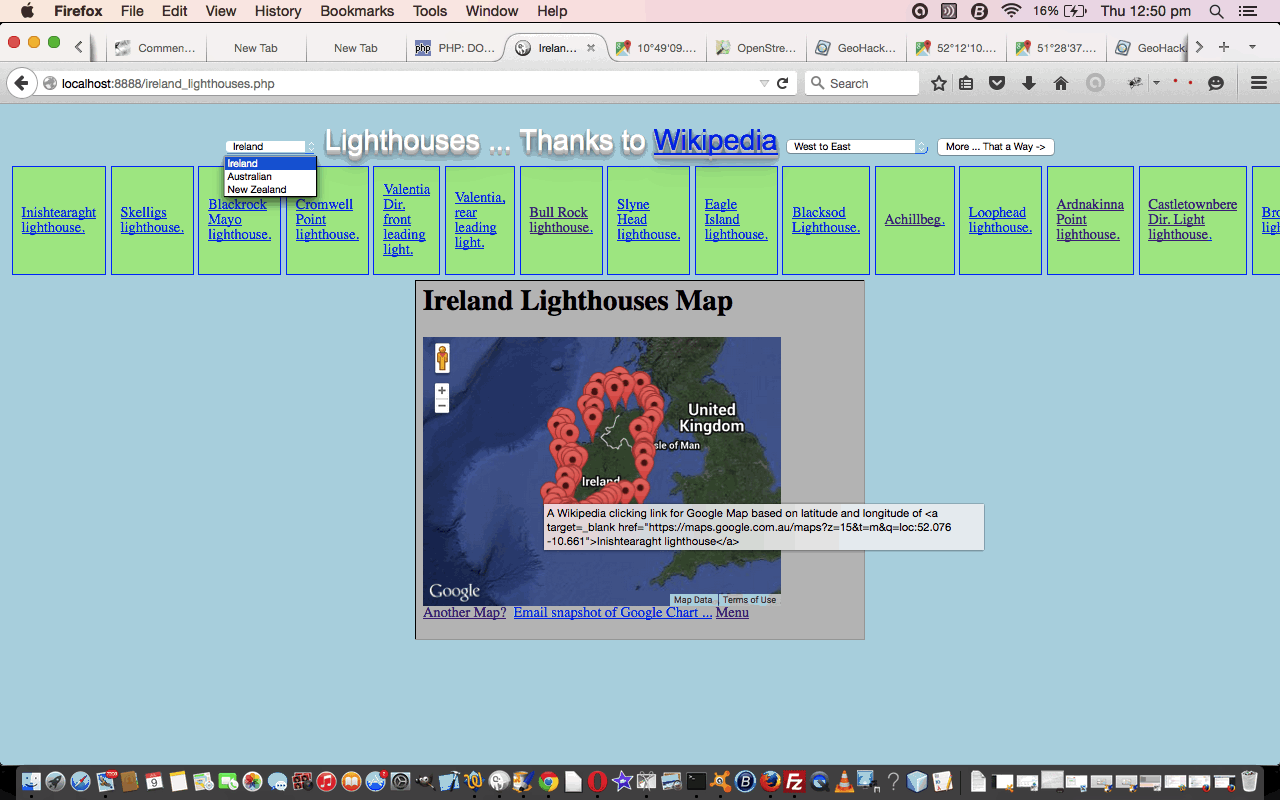
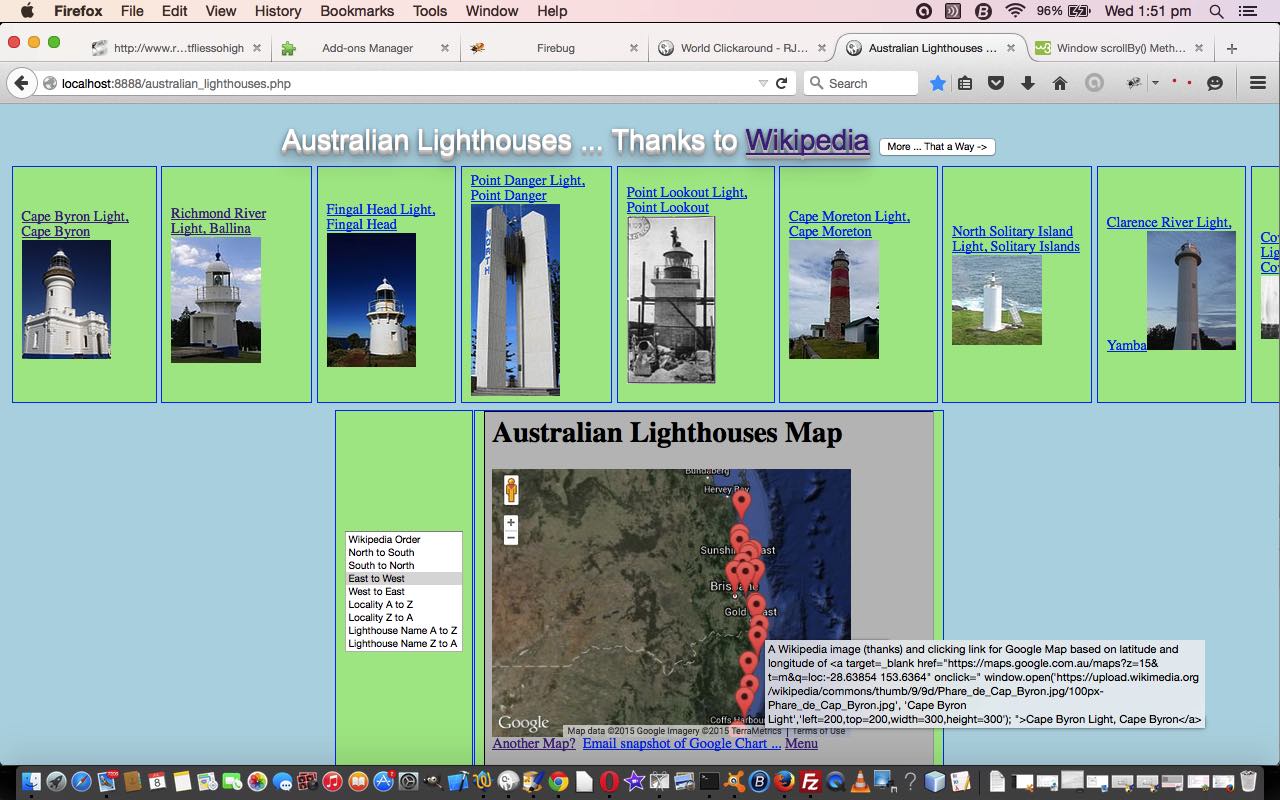
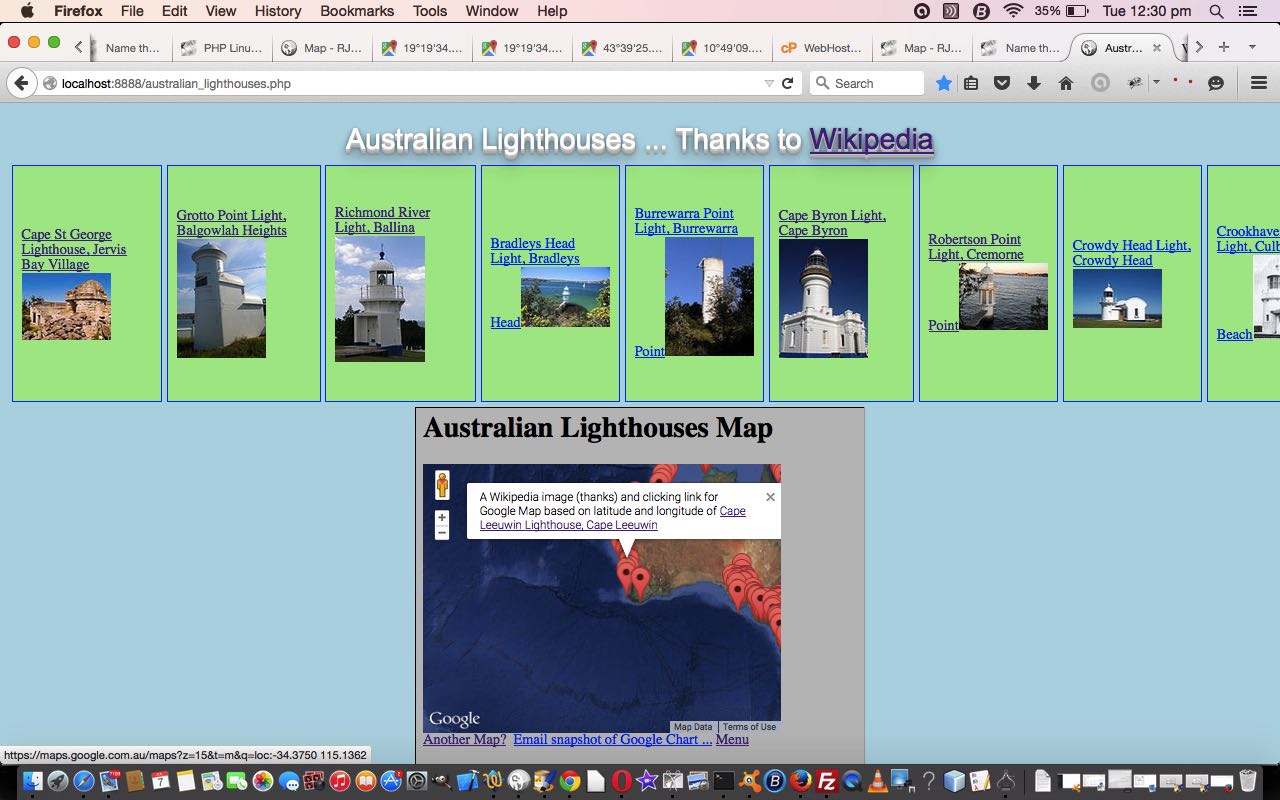

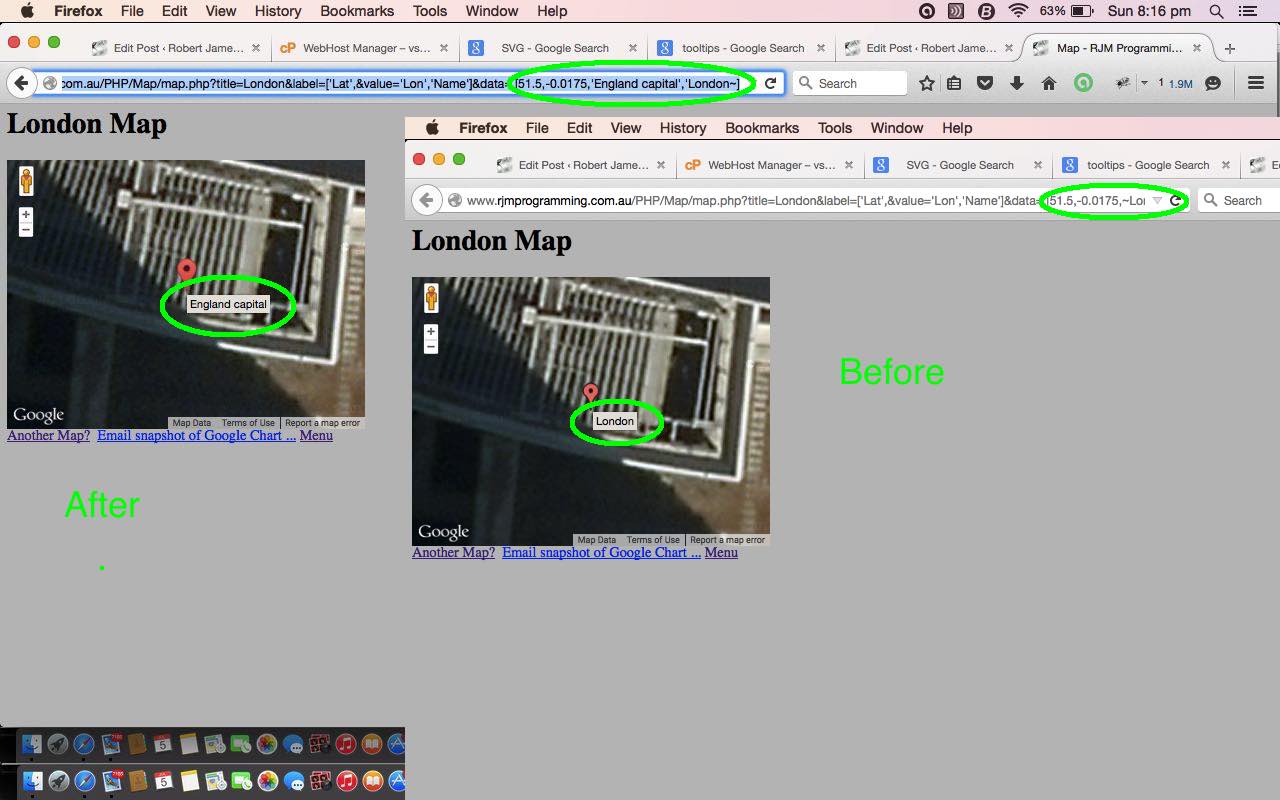
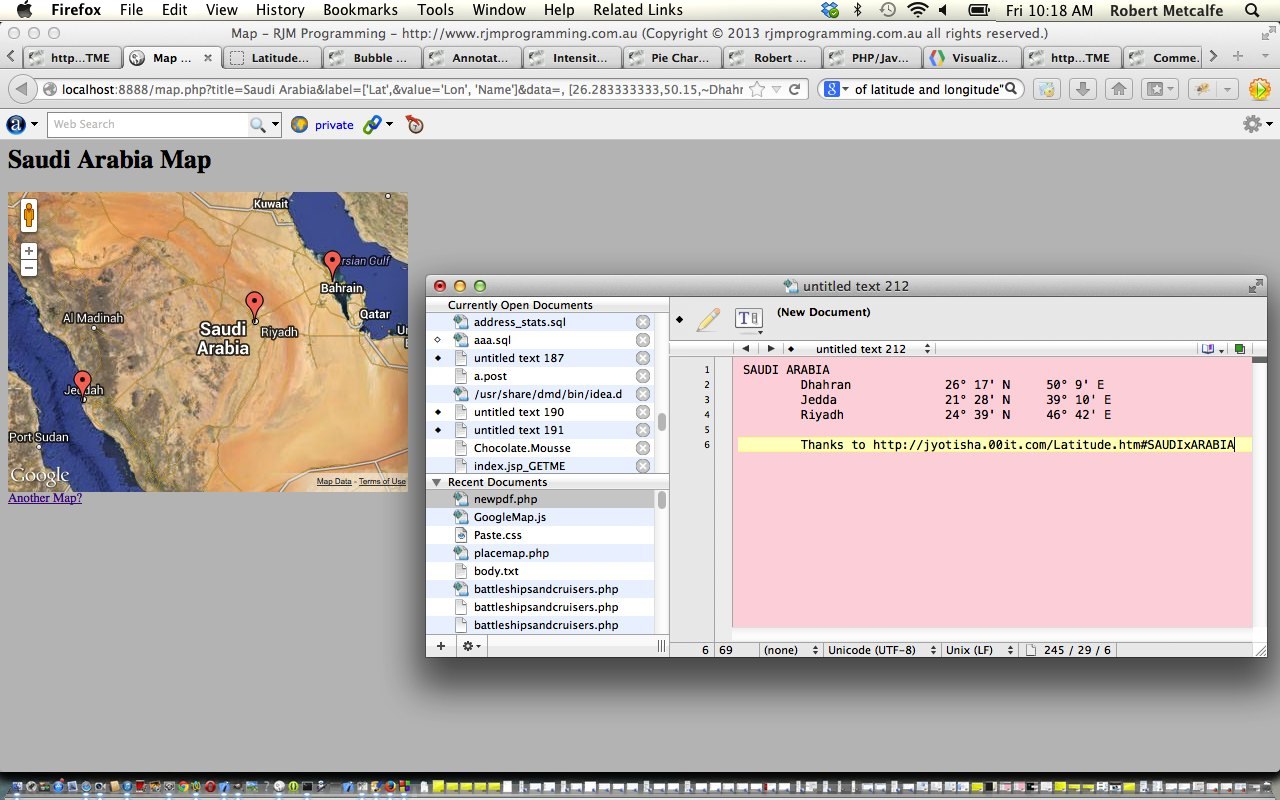


Local Operating System Menu Pbcopy macOS Clipboard Tutorial
Local Operating System Menu Pbcopy macOS Clipboard Tutorial
Specific to macOS, and further to the recent Text to Speech Hashtagging Tutorial, today we’re adding a new local operating system (accessed in an “Intranet feeling” way) involving the great …
pbcopy and pbpaste
… dynamic (very Fred and Ginger … if you don’t mind … and how’s your father) duo to respectively “copy to your local operating macOS system clipboard” and “paste from your local operating macOS system clipboard”, effectively bringing one of the favourite desktop system “things to do” into the realms of the web browser wooooorrrrrrllllldddd.
For this functionality, we ask of the user …
Reg flag! Red flag! Defcon twenty zillion whatevvvveeeerrrr whatevvvveeeerrrr! Yes, of course, making the operating system command a variable in all this could be dangerous, and we flag that “on hover”, but really, catastrophizing here is a bit rich, when it is you (in your “Intranet feeling” woooooorrrrddd) that will be hurt via malicious goings on, and we’re hoping the number of masochists out there consider “Match Is SOS” so sageso sage instead?! Anyway, we default to a very mild mannered …
ls -clt ~/Documents ~/Desktop ~/Downloads
… scenario here. Yes, we still ask that you have a macOS MAMP Apache web server installed, with our downloadable first draft “proof of concept” pbcopy_ideas.php placed into it’s Document Root, and so be accessible via URL http://localhost:8888/pbcopy_ideas.php to make all this be possible as a new dropdown menu item for download as open_extravaganza.php filename (changed this way) in this public web application called by this public supervising web application‘s …
… new macOS dropdown option.
Previous relevant Text to Speech Hashtagging Tutorial is shown below.
Text to Speech Hashtagging Tutorial
Around here … it’s official …
Please … please … no congratulations yet?! And thanks for the tomatoes … very ripe?!
Anyway, yesterday’s Local Operating System Menu Intranet Feel Commentary Tutorial has struck a chord in that for …
macOS
… users we think there is a different aspect to ideas revolving around …
… we want to pursue. We’ve already forewarned above, of exclusions, but for full functionality with these ideas there probably will be more to follow.
Around here there is no adage “let perfection be the enemy of the good” and so “on we go”, but, a precursor is to introduce …
… hashtagging (as we’ve been harping on about more and more recently) being …
Well … shhhhhh … but a named HTML iframe child and a window.open …
<?php
$issayable='';
$vcb="Alex";
$vvcb="";
if (PHP_OS == "Darwin") {
$issayable='y';
if (isset($_GET['saythis']) && $vvcb == "") {
$vvcb=str_replace(' ',' +',str_replace('+',' ',urldecode($_GET['saythis'])));
}
if (isset($_GET['voice'])) {
$vcb=explode(' ',str_replace('+',' ',urldecode($_GET['voice'])))[0];
}
if (isset($_GET['justsayingforafriend']) && $vvcb != "") {
exec('say -v ' . $vcb . ' ' . $vvcb);
exit;
}
}
<?php echo ”
var saymode='" . $dsm . "';
var issayable='" . $issayable . "';
var lastlhis='', lastlhthingo='',lhlook=false;
function lastlhex() {
if (lastlhis != document.getElementById('theproofif').src) {
lastlhis=document.getElementById('theproofif').src;
} else if (lastlhthingo != ('' + location.hash)) {
lastlhthingo=('' + location.hash);
if ((issayable == 'y' || ('' + navigator.platform).toLowerCase().indexOf('mac') == 0) && ('' + document.URL + '#' + decodeURIComponent(('' + location.hash))).indexOf('saythis=') != -1 && ('' + document.URL + '#' + decodeURIComponent(('' + location.hash))).indexOf('media=') == -1) {
if ((issayable == 'y' || ('' + navigator.platform).toLowerCase().indexOf('mac') == 0) && ('' + document.URL + '#' + decodeURIComponent(('' + location.hash))).indexOf('voice=') != -1 && ('' + document.URL + '#' + decodeURIComponent(('' + location.hash))).indexOf('media=') == -1) {
if (document.getElementById('svoicecode').innerHTML.indexOf(decodeURIComponent(document.URL.split('voice=')[1].split('&')[0].split('#')[0]).replace(/\+/g,' ').replace(/\ \ /g,' +') + '\"') != -1) {
document.getElementById('svoicecode').value=document.getElementById('svoicecode').innerHTML.split(decodeURIComponent(document.URL.split('voice=')[1].split('&')[0].split('#')[0]).replace(/\\+/g,' ').replace(/\\ \\ /g,' +') + '\"')[0].split('\"')[eval(-1 + document.getElementById('svoicecode').innerHTML.split(decodeURIComponent(document.URL.split('voice=')[1].split('&')[0].split('#')[0]).replace(/\\+/g,' ').replace(/\\ \\ /g,' +') + '\"')[0].split('\"').length)] + decodeURIComponent(document.URL.split('voice=')[1].split('&')[0].split('#')[0]).replace(/\\+/g,' ').replace(/\\ \\ /g,' +');
}
}
document.getElementById('thewords').value=decodeURIComponent(document.URL.split('saythis=')[1].split('&')[0].split('#')[0]).replace(/\+/g,' ').replace(/\ \ /g,' +');
if (56 == 56) {
if (issayable == 'y') {
document.getElementById('theproofif').src='HTTP://localhost:8888/macos_say_record.php?justsayingforafriend=y&voice=' + document.getElementById('svoicecode').value.split(' ')[eval(-1 + document.getElementById('svoicecode').value.split(' ').length)] + '&saythis=' + encodeURIComponent(document.getElementById('thewords').value);
} else {
window.open('HTTP://localhost:8888/macos_say_record.php?justsayingforafriend=y&voice=' + document.getElementById('svoicecode').value.split(' ')[eval(-1 + document.getElementById('svoicecode').value.split(' ').length)] + '&saythis=' + encodeURIComponent(document.getElementById('thewords').value), 'theproofif');
}
} else {
zhr = new XMLHttpRequest();
zform=new FormData();
zform.append('justsayingforafriend', 'y');
zform.append('saythis', document.getElementById('thewords').value);
zform.append('voice', document.getElementById('svoicecode').value.split(' ')[eval(-1 + document.getElementById('svoicecode').value.split(' ').length)]);
zhr.open('get', 'HTTP://localhost:8888/macos_say_record.php', true);
zhr.send(zform);
}
}
}
}
“; ?>
<?php echo ”
<iframe data-onerror=alert(564); onload=resproof(this); name=theproofif id=theproofif style=display:none; src='/About_Us.html'></iframe>
“; ?>
… can be that “Fred and Ginger” pairing to make this “Internet and Intranet” interplay seamless … shhhhhhh!
That being said, if you are a macOS user with a local web server like MAMP installed we’d ask you to download to a macOS MAMP port 8888 Document Root folder the changed PHP macos_say_record.php (where macOS users who have downloaded to an 8888 port MAMP local Apacahe web server can click/try the user editable HtTp://localhost:8888/macos_say_record.php?justsayingforafriend=y&saythis=Welcome+one+and+all&voice=Karen) and try at the public RJM Programming website via this link or below …
Previous relevant Local Operating System Menu Intranet Feel Commentary Tutorial is shown below.
Local Operating System Menu Intranet Feel Commentary Tutorial
Further to yesterday’s Local Operating System Menu Intranet Feel Operator Tutorial there are a couple of macOS specific additional pieces of functionality we’d like to offer users, they being …
-g
… switch
say
… command
? And closing arguments against this will be accepted up until the end of Black Friday sales, whenever that is?!
We decided to pass these over as your usual get arguments on the address bar URL, being as we are always using PHP $_GET[] data, now, so far, in this project.
And so, yet again, perhaps, you may want to (re-)try download as open_extravaganza.php filename (changed this way) to MAMP’s Document Root folder/directory), and we think it is now less boring for macOS or Windows users to begin with interfacing to our public RJM Programming website (though if you have no Apache/PHP/MySql local web server, and want to install one, a right click on the dropdown below, for your non-mobile platform is a possibility for port 8888 on macOS and port 80 (ie. the default) on Windows) or try it below …
Previous relevant Local Operating System Menu Intranet Feel Operator Tutorial is shown below.
Local Operating System Menu Intranet Feel Operator Tutorial
Further to yesterday’s Local Operating System Menu Intranet Feel Options Tutorial we broach the issue …
We’re talking about the + character which can be …
If the latter is the meaning of a + plus character within that form data sent out, how can we know it is not just a space character encrypted?
Today, as far as this goes, take a look at the value attribute of a new macOS dropdown option we introduced today …
<?php
$selstuff="<br><br><form onsubmit=\"formclickmode=0; document.body.style.cursor='pointer'; if (lastselo) { lastselo.style.cursor='pointer'; lastselo=null; } if (document.getElementById('opsel')) { if (document.getElementById('opsel').value.length > 0) { this.action=document.getElementById('opsel').value; } } return perhaps(true,this);\" id=myform method=GET action='./open_extravaganza.php'><select title='Right click can modify dropdown choices' style=background-color:yellow; size=18 id=mysel multiple name=afteropen onchange=\"if (this.value.length != 0) { if (1 == 1) { formclickmode=prg(1,event.target); } else { document.getElementById('sbutmac').click(); } } \"><option oncontextmenu=ocmopt(this); value=''>Select macOS open command type(s) below ...</option><option oncontextmenu=ocmopt(this); value=' -a Finder'>Finder</option><option oncontextmenu=ocmopt(this); value=' -a Preview'>Preview</option><option oncontextmenu=ocmopt(this); value=' -a TextEdit'>TextEdit</option><option oncontextmenu=ocmopt(this); value=' -b com.apple.VoiceMemos'>Voice Memo</option><option oncontextmenu=ocmopt(this); value=' -b com.apple.QuickTimePlayerX https://www.rjmprogramming.com.au/Windows/windows_step_recorder.mov'>QuickTime Player</option><option oncontextmenu=ocmopt(this); value=' -b com.apple.VoiceOverUtility'>VoiceOver Utility</option><option oncontextmenu=ocmopt(this); value=' ~/Desktop/Screen\\ Shot\\ *.png'>Preview all screenshot files</option><option oncontextmenu=ocmopt(this); value=' -a Firefox https://www.rjmprogramming.com.au'>Firefox</option><option oncontextmenu=ocmopt(this); value=' -a Safari http://localhost:8888/macos_say_record.php?saythis=Welcome\\&voice=Karen\\&audioname=;open -a Safari http://localhost:8888/macos_say_record.php'>Safari interface attempt to say</option><option oncontextmenu=ocmopt(this); value=' -b com.apple.ScriptEditor2 ~/Desktop/test_gvp.scpt'>AppleScript example ready to Script->Run</option><option oncontextmenu=ocmopt(this); value=\"IGVjaG8gJzU2NCs5ODc2NScgfCBiYw==\">Add 564 to 98765</option><option oncontextmenu=ocmopt(this); value=' ~/Documents ~/Desktop ~/Downloads'>Open the D folders</option><option oncontextmenu=ocmopt(this); value=' https://google.com'>Google</option><option oncontextmenu=ocmopt(this); value=' https://wikipedia.org'>Wikipedia</option><option oncontextmenu=ocmopt(this); value=' https://www.rjmprogramming.com.au'>RJM Programming</option><option oncontextmenu=ocmopt(this); value='ls -l . | open -f'>Pipe folder listing into TextEdit</option><option oncontextmenu=ocmopt(this); value='x-man-page://open'>Show man page in Terminal</option></select><br><br><input id=sbutmac type=submit value='Execute'></input></form>";
?>
Do you recognize any new encryption pattern with this option’s value? Yes, it is the …
… version of …
echo '564+98765' | bc
… as a macOS Terminal application command line way to add 564 + 98765 via the macOS bc command, we got wind of via …
<html>
<body>
<script type=text/javascript>
var x=prompt('' + window.btoa(" echo '564+98765' | bc"), '' + window.btoa(" echo '564+98765' | bc"));
</script>
</body>
</html>
… and please be assured if one of your own dropdown option entry values contains a + character you do not have to do the work above (unless you are a masochist, that is), rather the web application can help you out.
Which begs the question …
Well, yes, would that be base64_decode pray tell?!
<?php
$plusin='+';
$plusout=' ';
$fromsc='~/Desktop/test_gvp.scpt';
$tosc='~/Desktop/test_gvp.scpt';
function oururldecode($ofwhat) {
global $plusin, $plusout, $fromsc, $tosc;
$interim=str_replace($fromsc,$tosc,urldecode($ofwhat));
if (strpos($interim, ' ') === false || substr(($interim . 'x'),0,1) == '+') {
$plusin=' ';
$plusout=' ';
return str_replace($fromsc,$tosc,base64_decode($ofwhat));
} else {
$plusin='+';
$plusout=' ';
}
return $interim;
}
if (isset($_GET['afteropen'])) {
if (sizeof(explode('afteropen=', '?' . $_SERVER['QUERY_STRING'])) > 2) {
for ($thisone=1; $thisone<sizeof(explode('afteropen=', '?' . $_SERVER['QUERY_STRING'])); $thisone++) {
array_push($afteropens, str_replace(' ',' ' . $plusin,str_replace($plusin,$plusout,oururldecode(explode('#',explode('&',explode('afteropen=', $_SERVER['QUERY_STRING'])[$thisone])[0])[0]))));
}
} else {
$afteropen=(trim(str_replace(' ',' ' . $plusin,str_replace($plusin,$plusout,oururldecode($_GET['afteropen'])))) == '' ? '' : ' ' . trim(str_replace(' ',' ' . $plusin,str_replace($plusin,$plusout,oururldecode($_GET['afteropen'])))));
$afteropens=[$afteropen];
}
}
?>
This offers a dynamic way to swap between the concepts, whose logic depends a bit on that first value character always being a space in this project. But that is so, and so this thinking helps a lot, and allows for that differentiation of + character meaning between (the rare) + operator (in mathematics) meaning and the + character PHP space character encryption meaning.
Today we’re also introducing an AppleScript interfacing option, and with the “say” option we now allow for command conjoining with the dropdown option value as long as the open directly follows on from the semicolon conjoining think it’s an operator!
And so, again, perhaps, you may want to (re-)try download as open_extravaganza.php filename (changed this way) to MAMP’s Document Root folder/directory), and we think it is now less boring for macOS or Windows users to begin with interfacing to our public RJM Programming website (though if you have no Apache/PHP/MySql local web server, and want to install one, a right click on the dropdown below, for your non-mobile platform is a possibility for port 8888 on macOS and port 80 (ie. the default) on Windows) or try it below …
Did you know?
Have you noticed in amongst the macOS open command values lots of ones starting with the switch …
-b
? Well, The macOS open command, thanks, told us …
… found out, we’ve been finding, successfully, via …
… within, for example, AppleScript’s info.plist …
<key>CFBundleIdentifier</key>
<string>com.apple.ScriptEditor2</string>
… to come up with, for example …
open -b com.apple.ScriptEditor2
… as a way to open macOS application AppleScript (or Script Editor)
Previous relevant Local Operating System Menu Intranet Feel Options Tutorial is shown below.
Local Operating System Menu Intranet Feel Options Tutorial
A static list of options in the functional dropdown, as with yesterday’s Local Operating System Menu Intranet Feel Windows Tutorial does not sound as much fun as …
… and we decided also, now that the user has some control over functionality, then …
And so, perhaps, you may want to (re-)try download as open_extravaganza.php filename (changed this way) to MAMP’s Document Root folder/directory), and we think it is now less boring for macOS or Windows users to begin with interfacing to our public RJM Programming website (though if you have no Apache/PHP/MySql local web server, and want to install one, a right click on the dropdown below, for your non-mobile platform is a possibility for port 8888 on macOS and port 80 (ie. the default) on Windows) or try it below …
Previous relevant Local Operating System Menu Intranet Feel Windows Tutorial is shown below.
Local Operating System Menu Intranet Feel Windows Tutorial
Yesterday’s Local Operating System Menu Intranet Feel Multiple Tutorial‘s smarts regarding dropdown multiple selections gets passed through to today’s …
… oh, oh “They’re mentioning version numbers … that can’t be good” … interfacing work.
And yes, it was a struggle, with this PHP version on MAMP disallowing …
… and so, what we ended up with was an “as you login it starts” lookfor_extravaganza.bat we wrote that has less qualms with all these security matters happening in PHP, looking like lookfor_extravaganza.bat (where you could consider the timeout command rather than our ping means to introduce a sleep/wait) …
rem lookfor_extravaganza.bat
rem RJM Programming
rem November, 2025
rem Help out open_extravaganza.php on local Windows MAMP incarnation regarding no file_put_contents nor exec nor shell_exec allowed
rem Installed via ...
rem Win + R
rem shell:startup
rem ... copied into place via advice of ...
rem https://www.google.com/search?q=continuousnning+in+background+at+login&rlz=1C5OZZY_en&oq=continuousnning+in+background++at+login&gs_lcrp=EgZjaHJvbWUyBggAEEUYOTIJCAEQIRgKGKABMgkIAhAhGAoYoAEyCQgDECEYChigAdIBCjc1MjA1ajBqMTWoAgCwAgA&sourceid=chrome&ie=UTF-8
@echo off
cd C:\MAMP\htdocs
echo y > c:\MAMP\htdocs\open_extravaganza.y
:top
if exist c:\MAMP\htdocs\open_extravaganza.bxt rename c:\MAMP\htdocs\open_extravaganza.bxt open_extravaganza.bat
if exist c:\MAMP\htdocs\open_extravaganza.bat call c:\MAMP\htdocs\open_extravaganza.bat
if exist c:\MAMP\htdocs\open_extravaganza.bat erase c:\MAMP\htdocs\open_extravaganza.bat < c:\MAMP\htdocs\open_extravaganza.y ping /w 5000 127.0.0.1 > NUL
goto top
… leaving the PHP to just arrange that c:\MAMP\htdocs\open_extravaganza.bxt gets written via fopen means. Did you read above about where to “plonk” a DOS *.bat so that it starts up on logging in, as per …
this great advice, thanks … being, perhaps, simpler than Task Schedular thoughts?!
No time to see what else explorer.exe File Explorer is capable of … that is for another day we’re thinking?!
Anyway, you may want to (re-)try download as open_extravaganza.php filename (changed this way) to MAMP’s Document Root folder/directory), and we think it is now less boring for macOS or Windows users to begin with interfacing to our public RJM Programming website (though if you have no Apache/PHP/MySql local web server, and want to install one, a right click on the dropdown below, for your non-mobile platform is a possibility for port 8888 on macOS and port 80 (ie. the default) on Windows) or try it below …
Previous relevant Local Operating System Menu Intranet Feel Multiple Tutorial is shown below.
Local Operating System Menu Intranet Feel Multiple Tutorial
Our normal tack regarding the method attribute to use on an HTML form element when the recipient webpage is written in PHP is …
http://localhost:8888/open_extravaganza.php?afteropen=+https%3A%2F%2Fgoogle.com&afteropen=+https%3A%2F%2Fwikipedia.org&afteropen=+https%3A%2F%2Fwww.rjmprogramming.com.au
… as per …
<?php
$afteropens=[];
$thisone=1;
if (isset($_GET['afteropen'])) {
if (sizeof(explode('afteropen=', '?' . $_SERVER['QUERY_STRING'])) > 2) {
for ($thisone=1; $thisone<sizeof(explode('afteropen=', '?' . $_SERVER['QUERY_STRING'])); $thisone++) {
array_push($afteropens, str_replace('+',' ',urldecode(explode('#',explode('&',explode('afteropen=', $_SERVER['QUERY_STRING'])[$thisone])[0])[0])));
}
} else {
$afteropen=(trim(str_replace('+',' ',urldecode($_GET['afteropen']))) == '' ? '' : ' ' . trim(str_replace('+',' ',urldecode($_GET['afteropen']))));
$afteropens=[$afteropen];
}
}
?>
… whereas method=POST loses those $_SERVER[‘QUERY_STRING’] possibilities
And so, improving on yesterday’s Local Operating System Menu Intranet Feel Tutorial …
The advice, then, becomes download as open_extravaganza.php filename (changed this way) to MAMP’s Document Root folder/directory), and we think it is now less boring for macOS or Windows users to begin with interfacing to our public RJM Programming website (though if you have no Apache/PHP/MySql local web server, and want to install one, a right click on the dropdown below, for your non-mobile platform is a possibility for port 8888 on macOS and port 80 (ie. the default) on Windows) or try it below …
Previous relevant Local Operating System Menu Intranet Feel Tutorial is shown below.
Local Operating System Menu Intranet Feel Tutorial
Because we are fortunate enough to have the great MAMP local Apache/PHP/MySql web server in our macOS MacBook Air programming life …
So, what do we mean by “Intranet feeling”? Well, have you ever been involved at a workplace that combined …
? Well … … … … (four holes in the ground) … (make that 5 or 6) … we did/have. And we are awwwwwffffuuuulllllyyy fond of the concept. The thing is though, we are using that “non public” …
… interfacing to, by and large, offer new web application (quite often PHP) ideas because back at the MAMP local Apache/PHP/MySql local web server we have the freedom to install software not allowed when you host a public website (as well as macOS having some brilliantly unique command line commands such as “open” and “say” (for which we’d ask you to download to a macOS MAMP port 8888 Document Root folder the PHP macos_say_record.php) to offer) perhaps that little bit different to the usual Intranet usage (hence Nala‘s use of the word
fillingsfeelings), unless you run the hosting company, that is … and that isn’t us … though if Nala wants to entertain a gentleman caller one of these days … well … what are we going to say?! Hmmmmm?!Now, when we presented YouTube API Caller Radio Play Playlist Windows Local System Tutorial we threw down the gauntlet, Luna would say, venturing …
The audacity, Nala?!
Well, we don’t want to involve ourselves in a “software war” here, but the “bedside better scrutiny” of the great https://scriptingosx.com/2017/02/the-macos-open-command/ advice has only enhanced respect for the macOS open command’s talents, which go far beyond just being able to open a URL from the macOS “Terminal application” command line in your default web browser.
How do we count the ways … Luna?!!!! See the compartmentalization and modularization at play (not the command) here,
Dumboweb masterbugalugs?!Anyway, we’re off and running on a new project with these themes. The first draft concentrates on ..
… is there for the popcorn and beer nuts (best in that order) and as you can see below this new web application (best downloaded as open_extravaganza.php filename to MAMP’s Document Root folder/directory) is kind of boring to begin with interfacing to our public RJM Programming website (though if you have no Apache/PHP/MySql local web server, and want to install one, a right click on the dropdown below, for your non-mobile platform is a possibility for port 8888 on macOS and port 80 (ie. the default) on Windows) …
If this was interesting you may be interested in this too.
If this was interesting you may be interested in this too.
If this was interesting you may be interested in this too.
If this was interesting you may be interested in this too.
If this was interesting you may be interested in this too.
If this was interesting you may be interested in this too.
If this was interesting you may be interested in this too.
If this was interesting you may be interested in this too.